Last year, Katie and I set out on an adventure of a lifetime to Australia, departing from LAX aboard a United Airlines Boeing 787-9 Dreamliner. The 16-hour flight over the vast Pacific Ocean built up our anticipation for the wonders that awaited us. Our first stop was Cairns, a tropical paradise and the gateway to the Great Barrier Reef. Snorkeling among vibrant corals and exotic marine life was awe-inspiring, but our adventure truly escalated when Tropical Storm Jasper swept through the region making for a different snorkeling experience than Belize. The storm turned the jungles into a lush, rain-soaked wonderland that made for an unforgettable experience.
One of our most thrilling memories in Cairns was encountering saltwater crocodiles. As we about to race into the warm ocean water, locals pointed out a massive croc hovering nearby. That close call left us in awe of the wild and untamed beauty of the region. Cairns also surprised us with its lively Night Markets—a must-see for anyone thinking of visiting northern Australia. The markets came alive at dusk with delicious food, artisan goods, and unique souvenirs. From tasting local tropical fruits to observing the vibrant atmosphere, the Night Markets became one of the highlights of our trip.
From Cairns, we traveled to Melbourne via Jetstar airlines, a city that oozed with urban creativity and culture. Melbourne’s street art was unlike anything we had seen, with graffiti-covered alleys transforming into open-air art galleries. Each mural told a story, and we spent hours wandering through Hosier Lane and beyond, taking in the bursts of color and creativity. When we weren’t immersed in art, we explored Melbourne’s well-groomed parks, perfect for running and reconnecting with nature amidst the bustling city. Also, if you find yourself in Melbourne, definately check out Easey’s Cafe for a cool experience.
Our final stop was Sydney, and it completely stole my heart. I actually told Katie, if I had to move to a big city, Sydney would be it. Sydney felt like a true global city, full of energy, beauty, and iconic landmarks. Standing in front of the Sydney Opera House was surreal—its sails glistened under the sun, a sight I had dreamed of seeing for years. Exploring Circular Quay and the waterfront left us in awe of the city’s harmony between nature and modern architecture. It was easy to see why Sydney hosted the Olympics; it’s a city that radiates vibrancy, clean streets, and a world-class atmosphere.
From the stunning reefs and wildlife of Cairns to Melbourne’s artistic spirit and Sydney’s grandeur, this trip was filled with moments of wonder, adventure, and discovery. Australia truly offers something for everyone, whether it’s exploring the jungles, urban art, or wandering through historic cities. Each place had its own story to tell, and I’m so grateful we could experience it all.



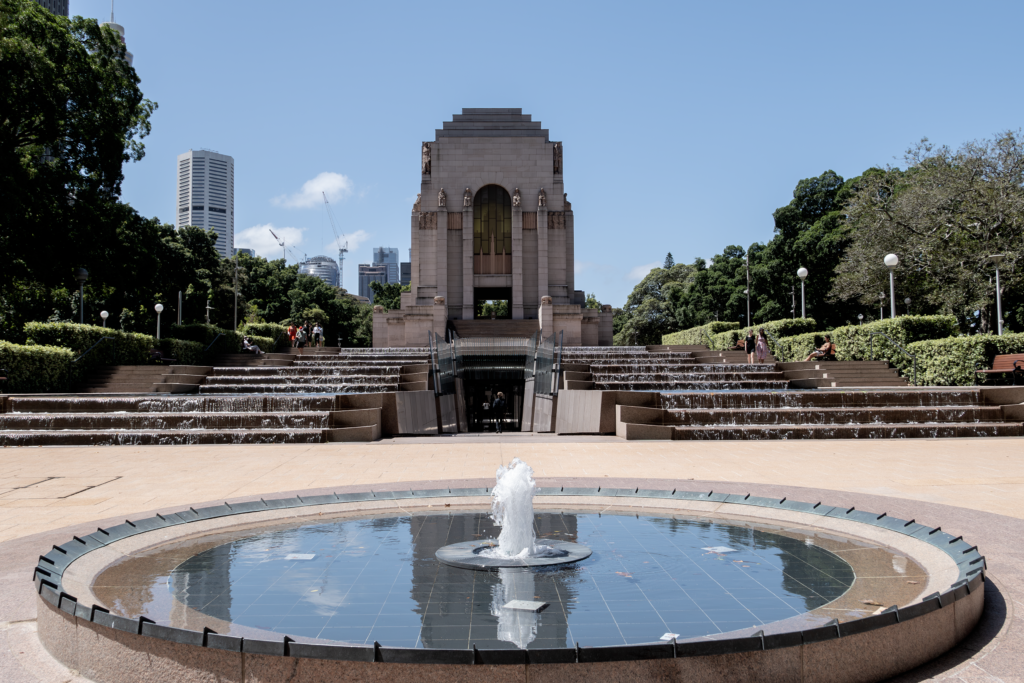
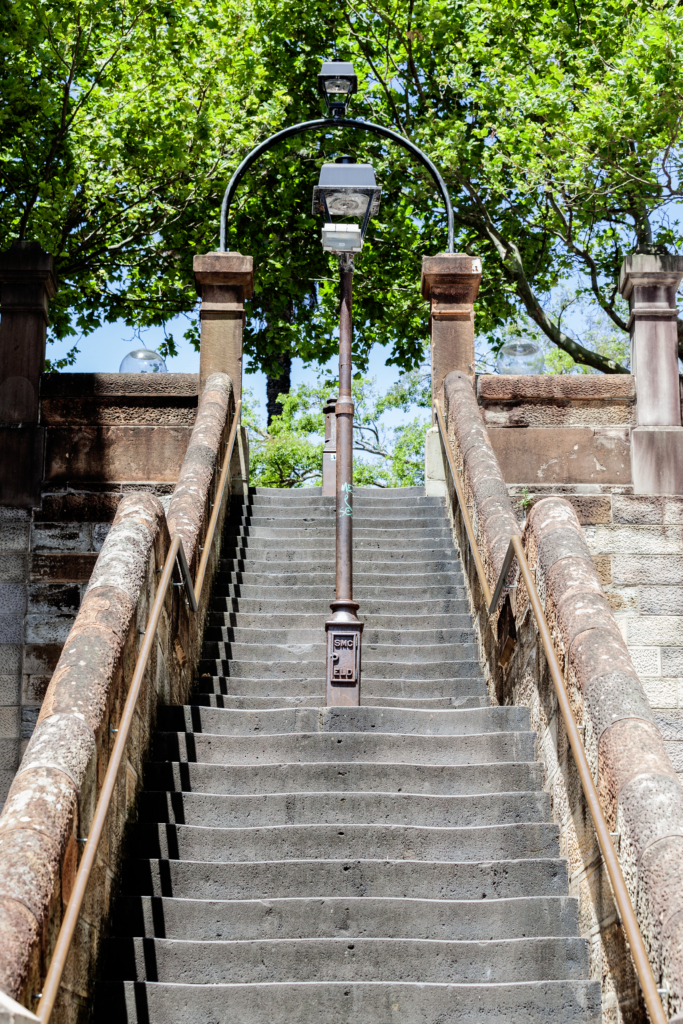


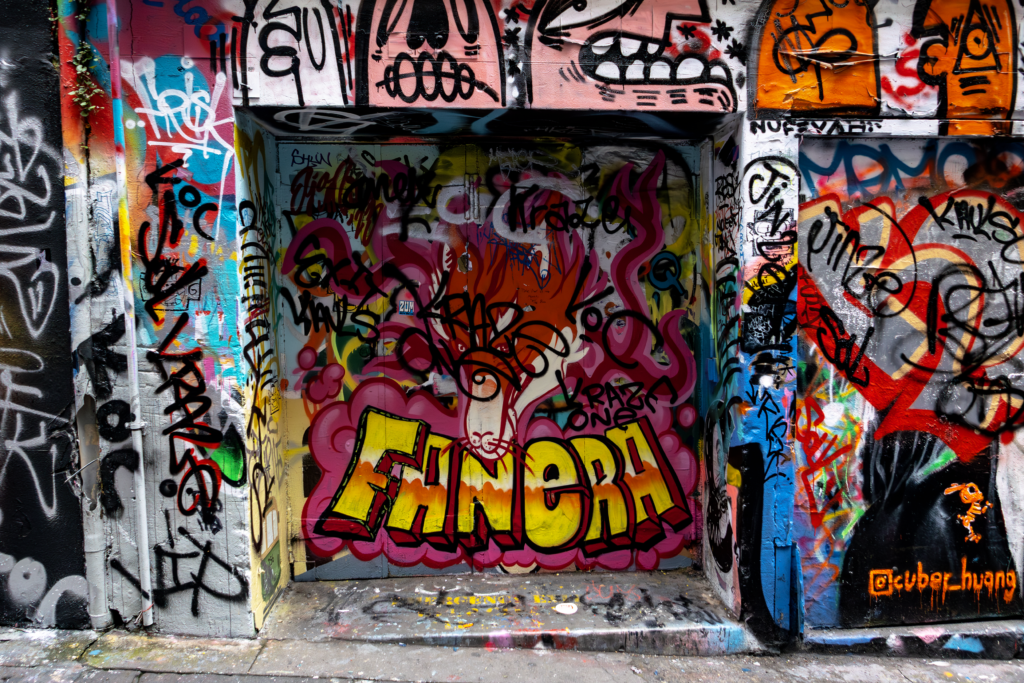







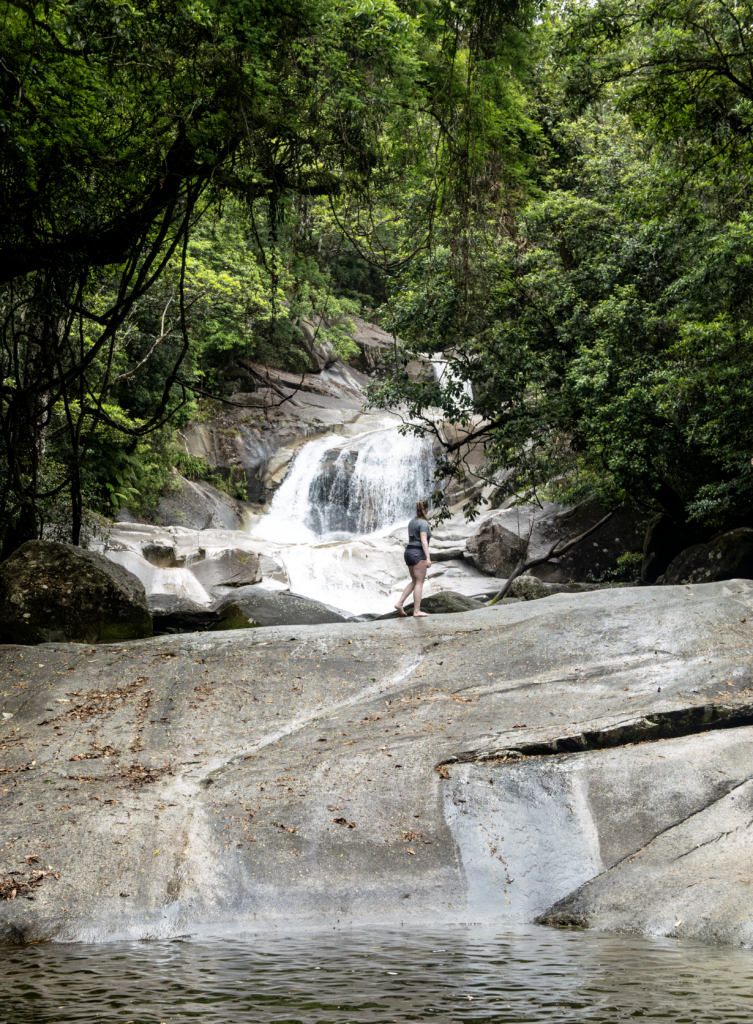
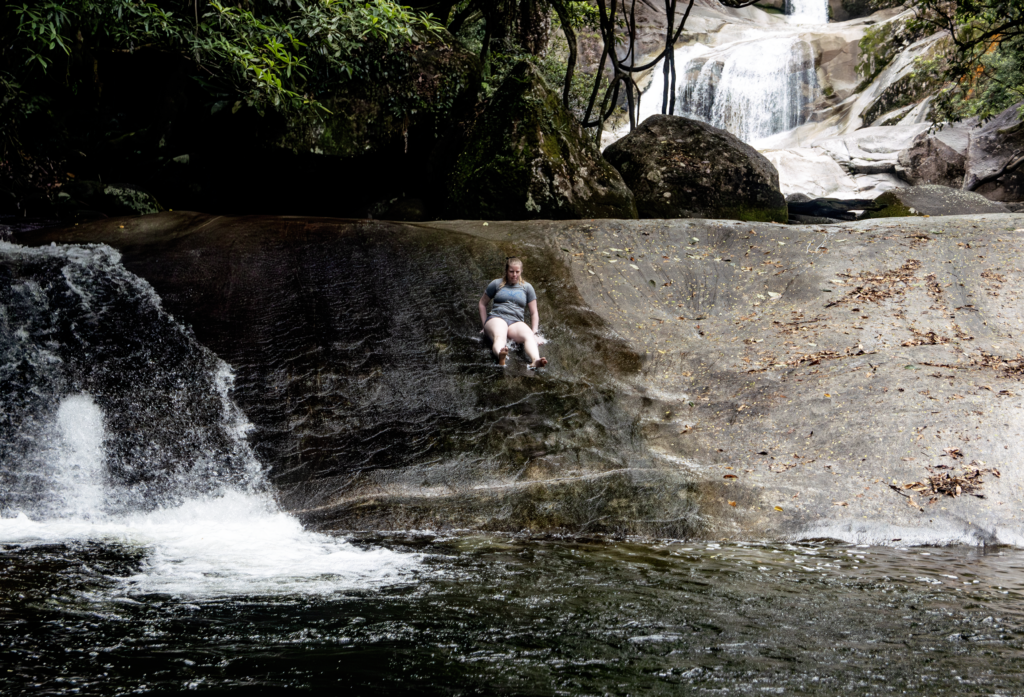
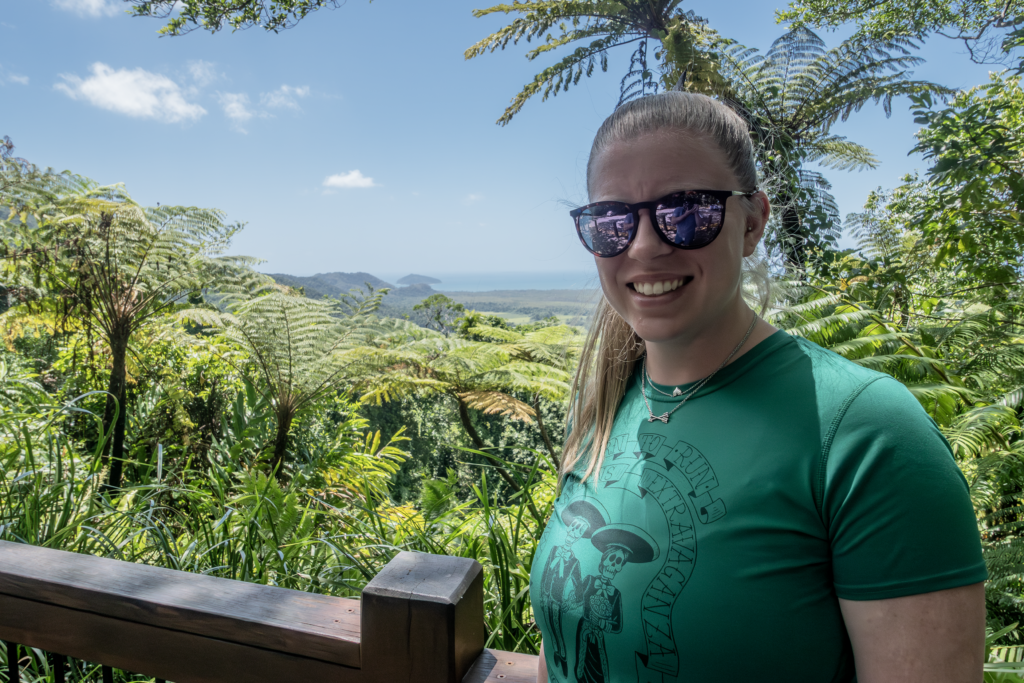
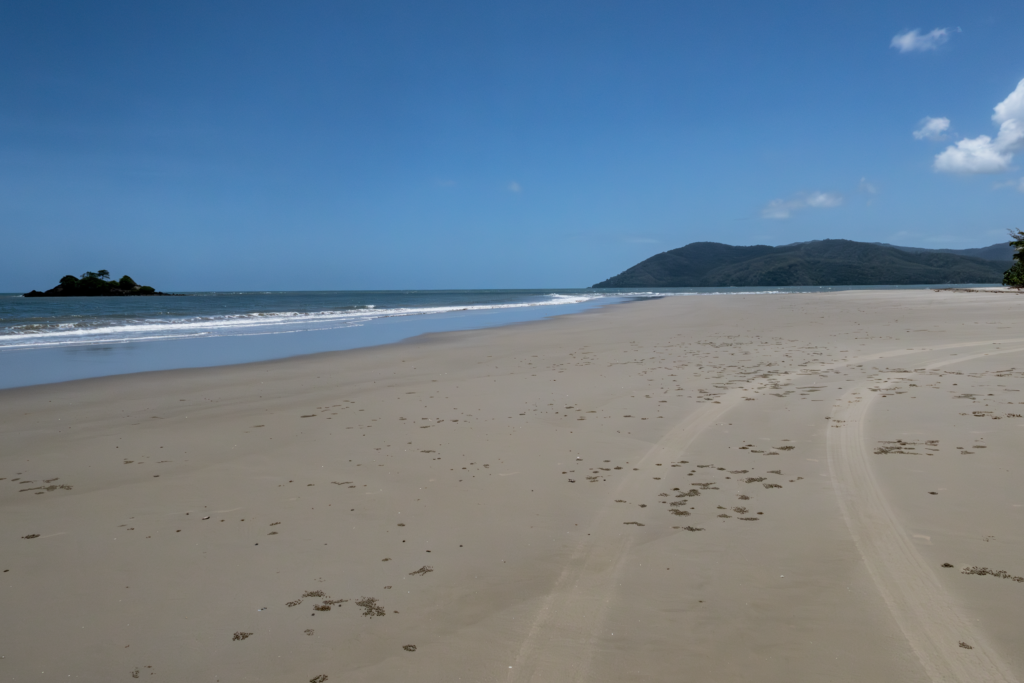
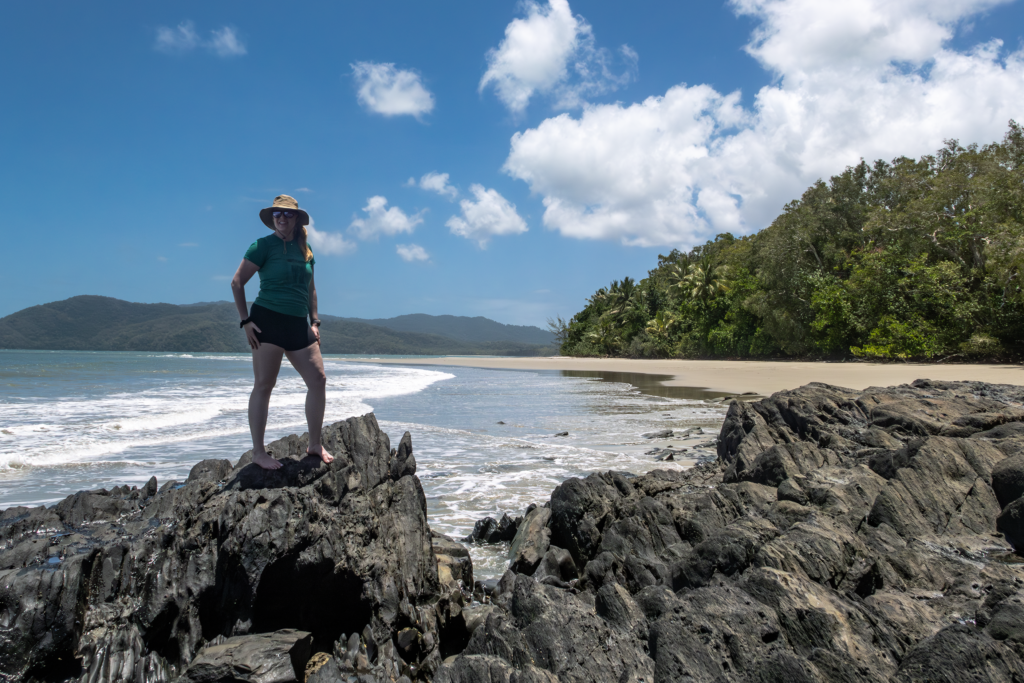



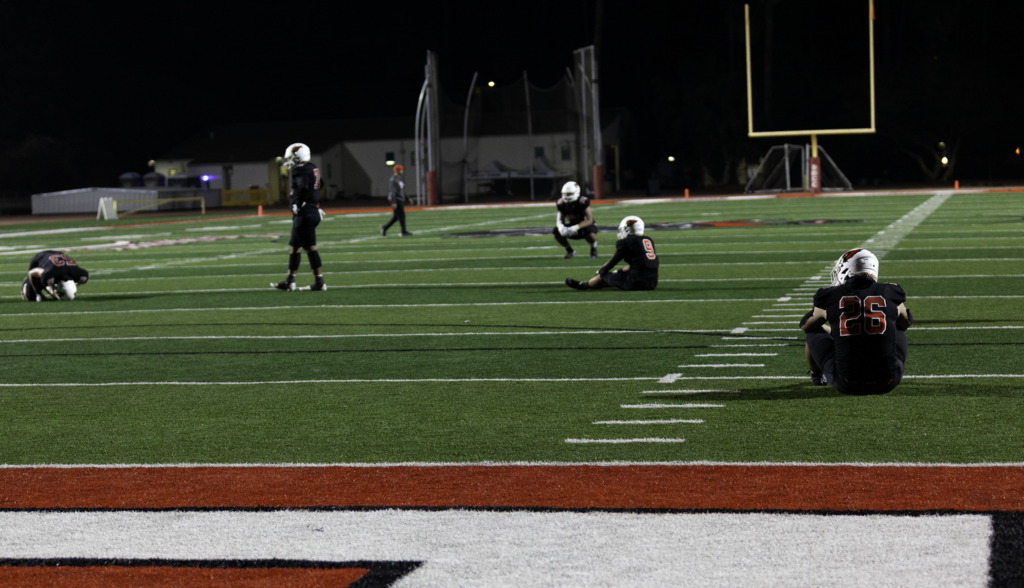
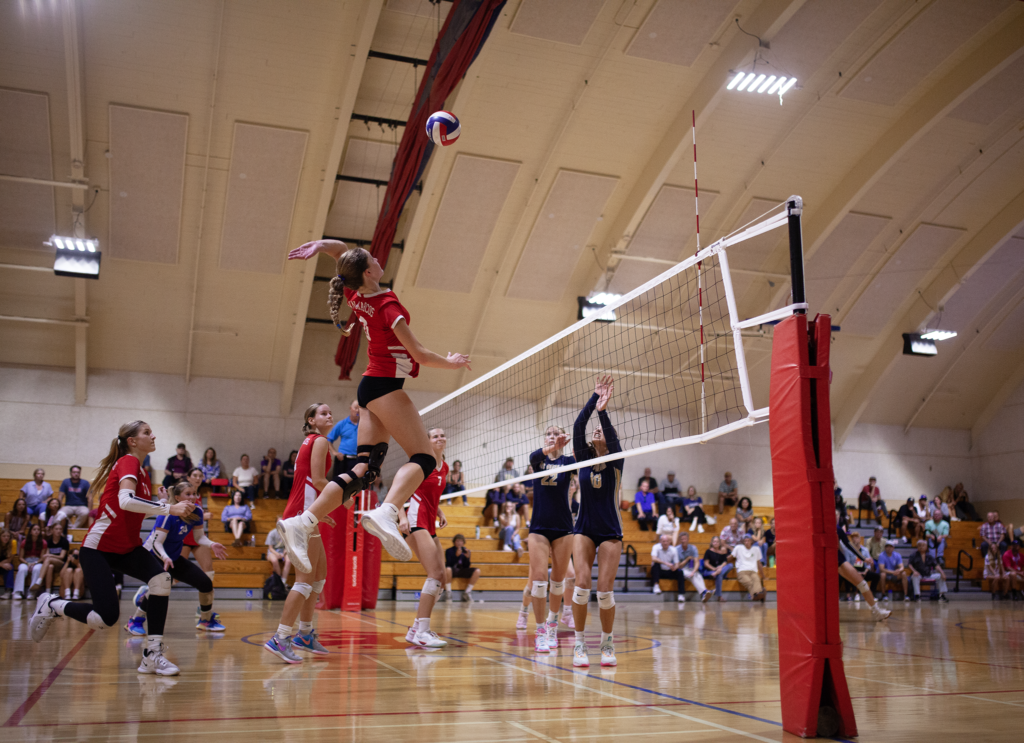
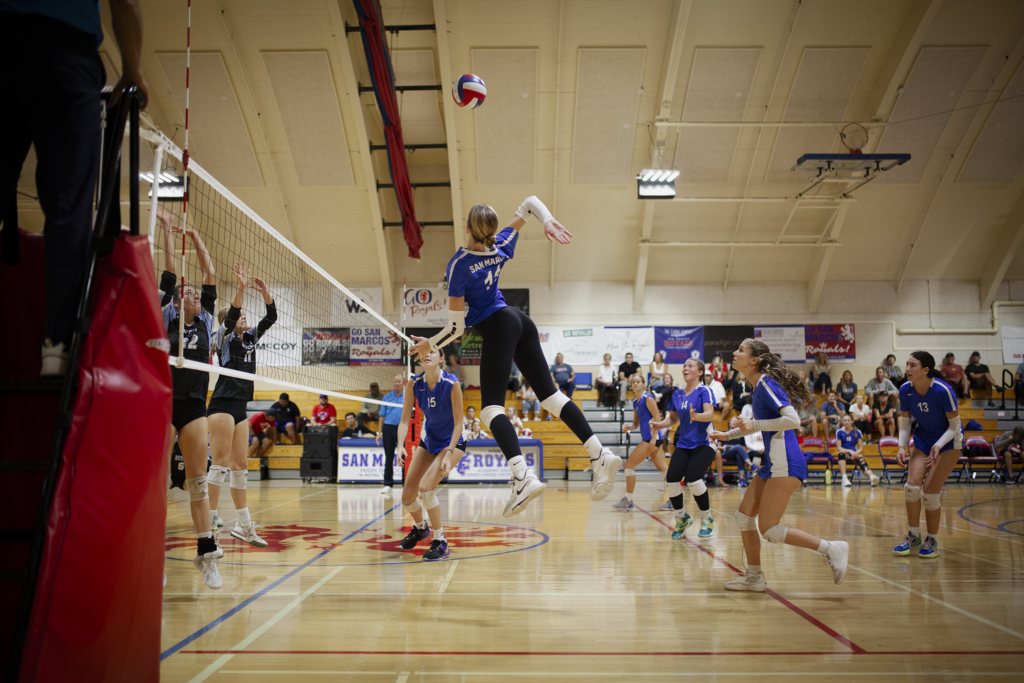
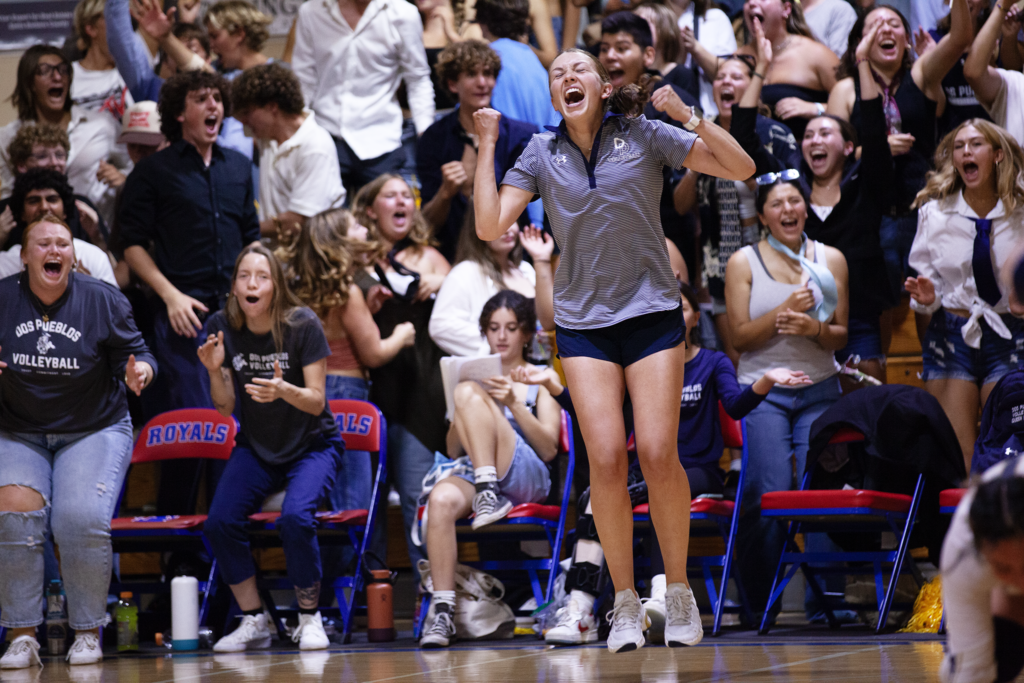
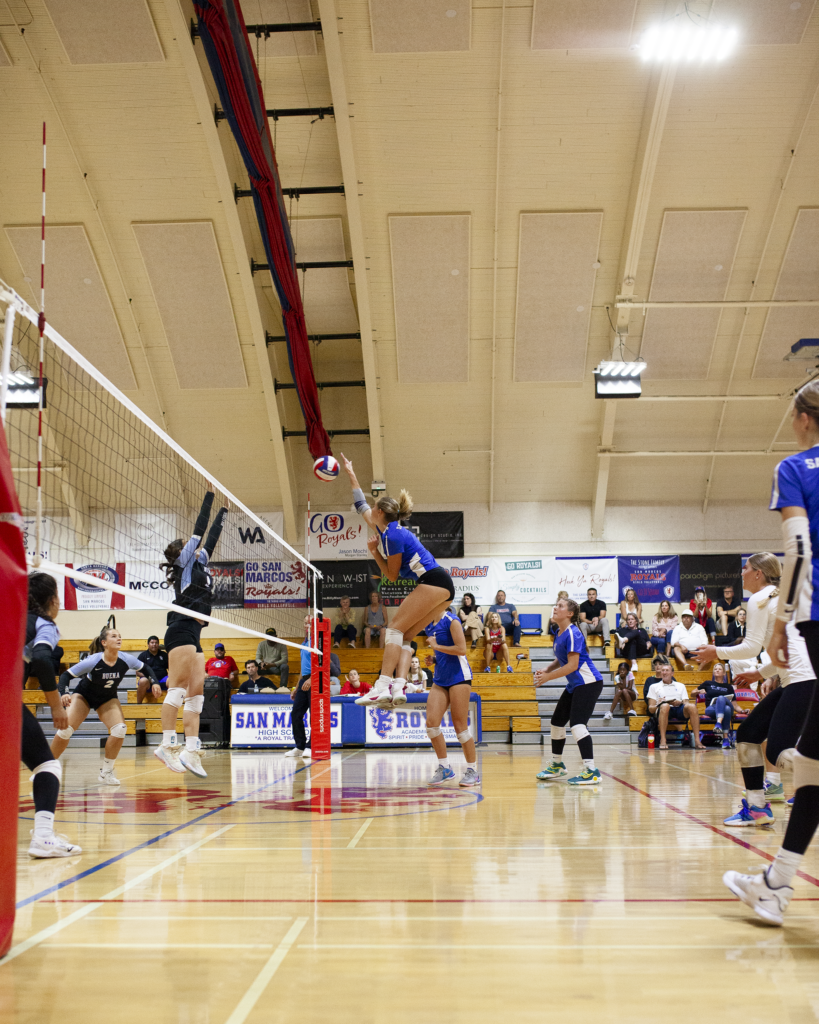



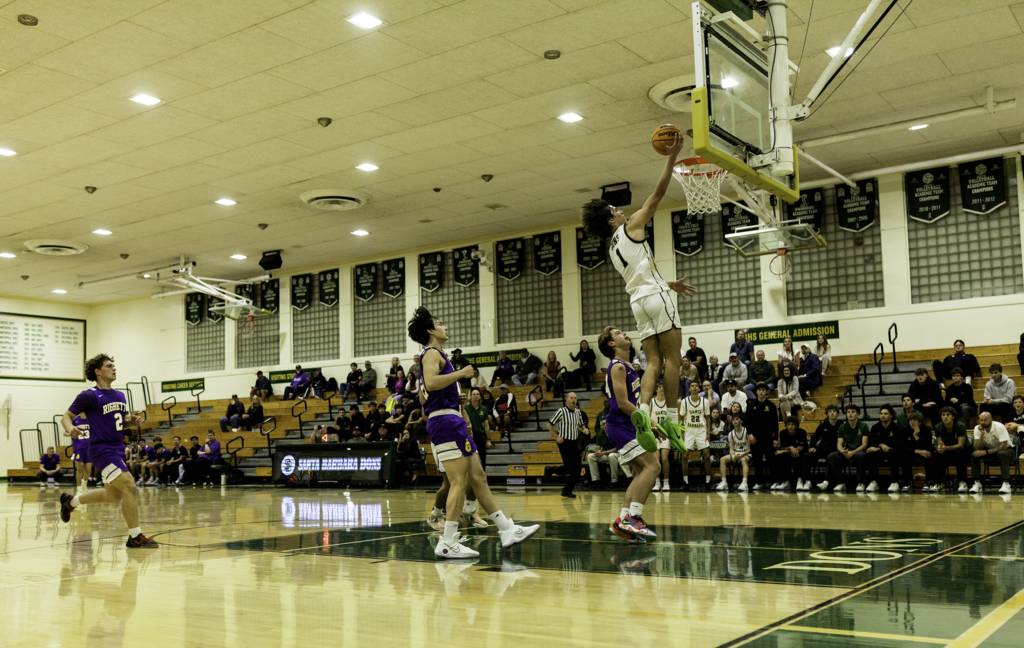
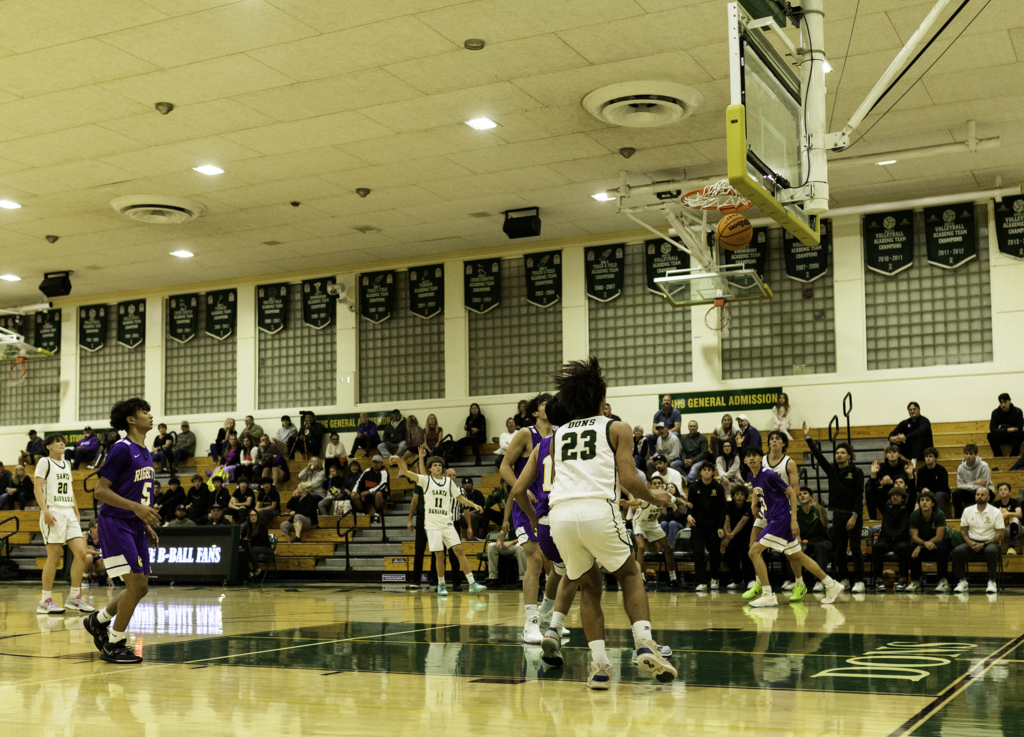
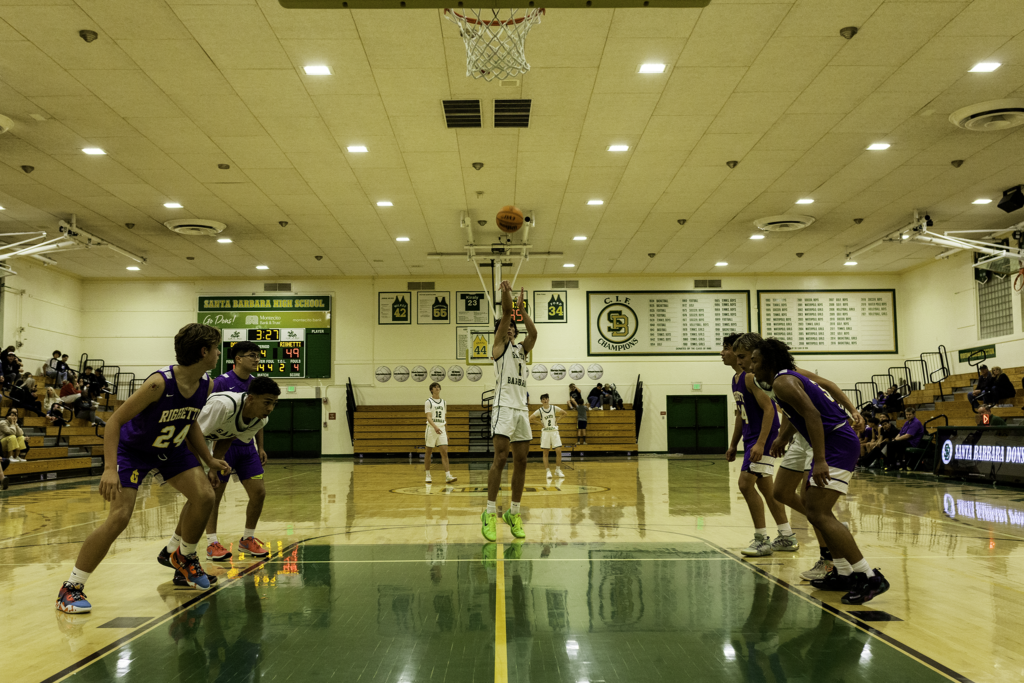
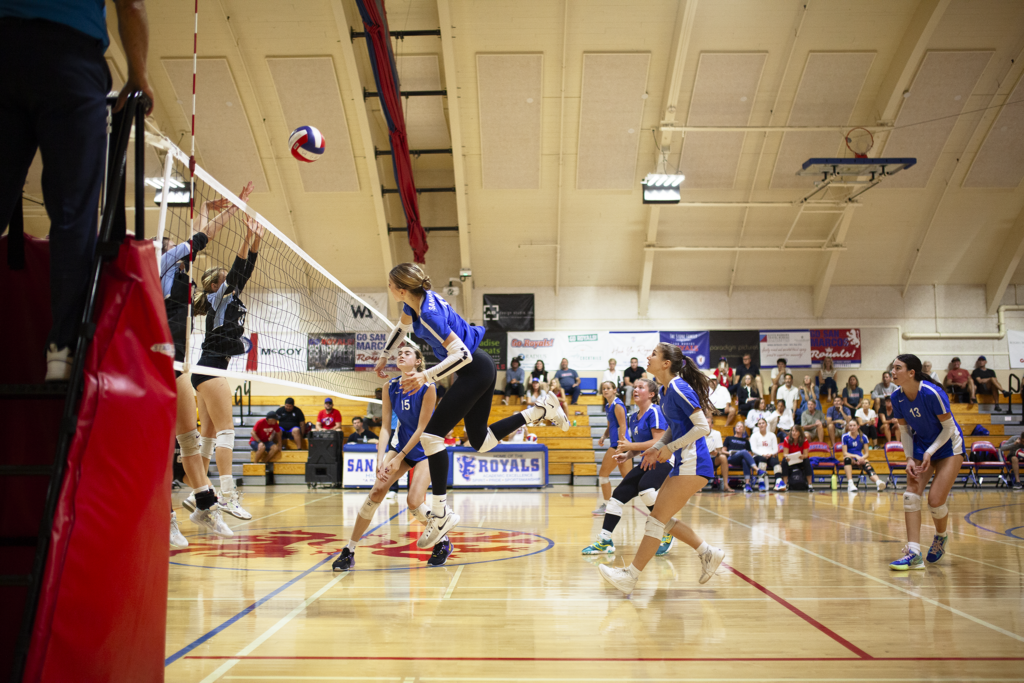

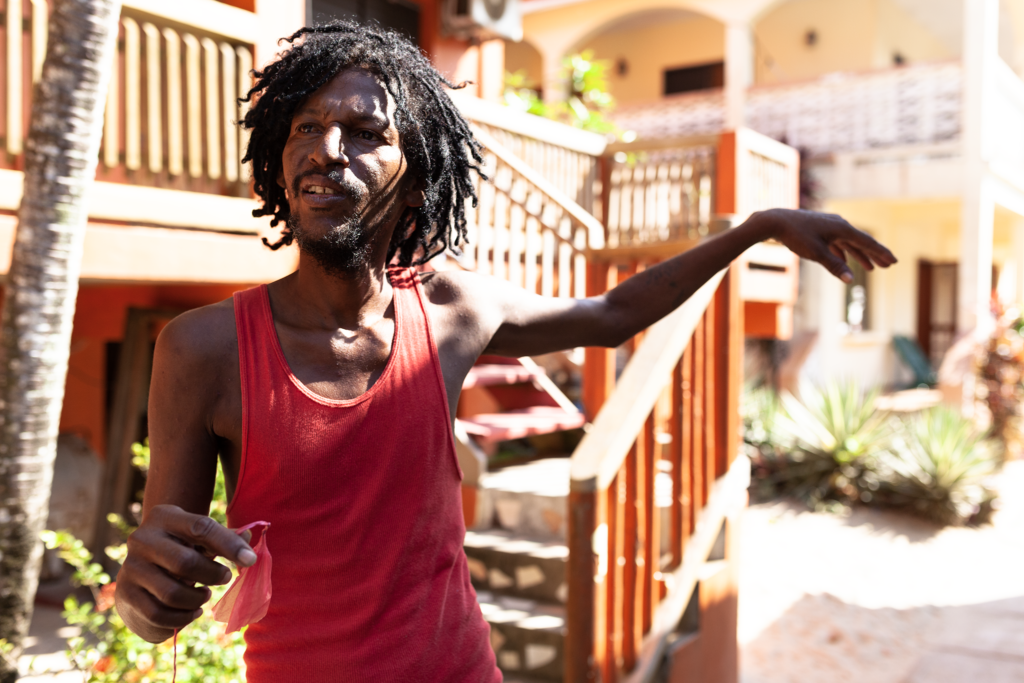
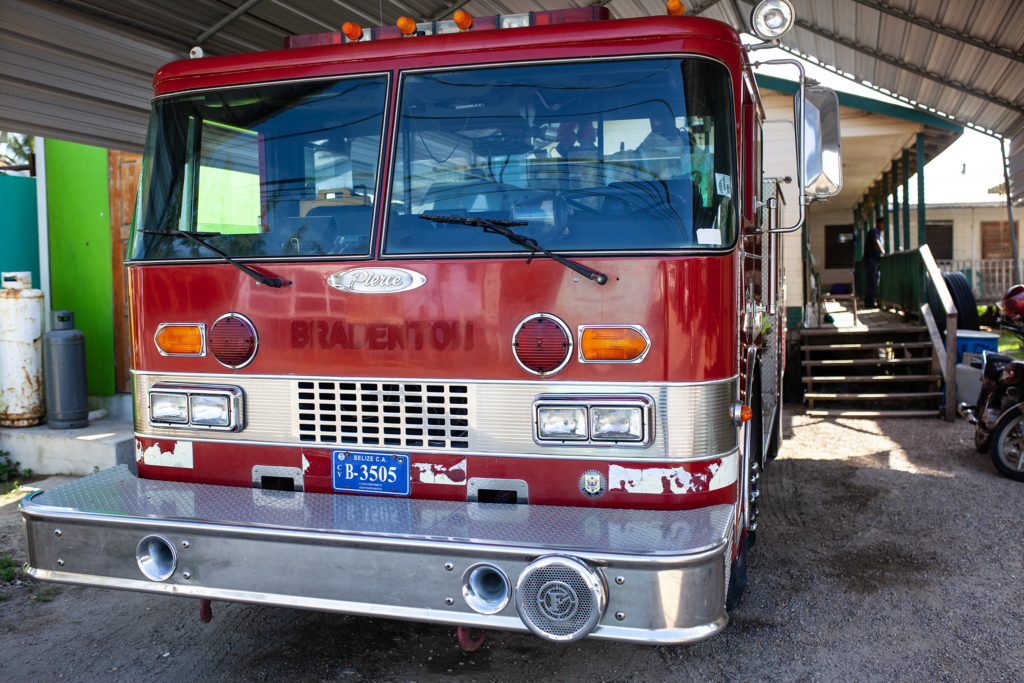
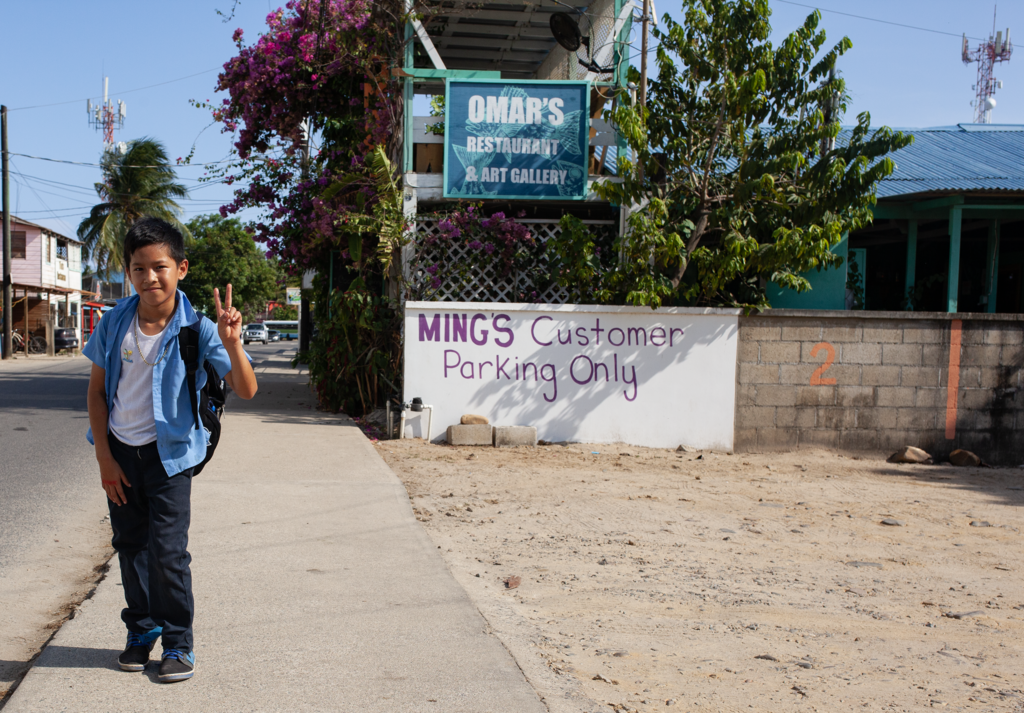

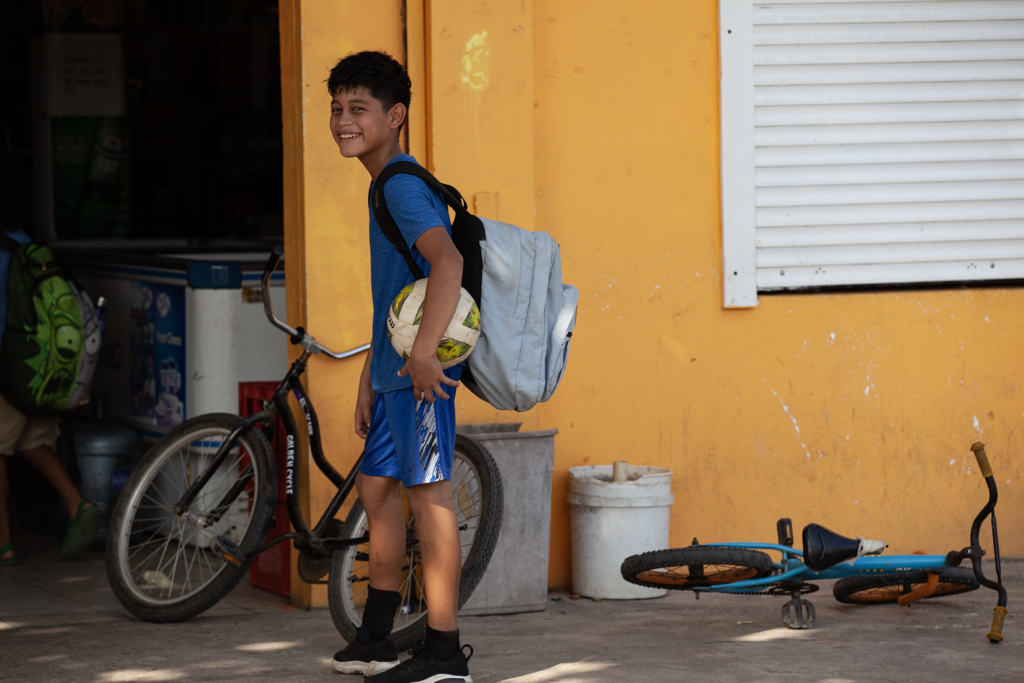



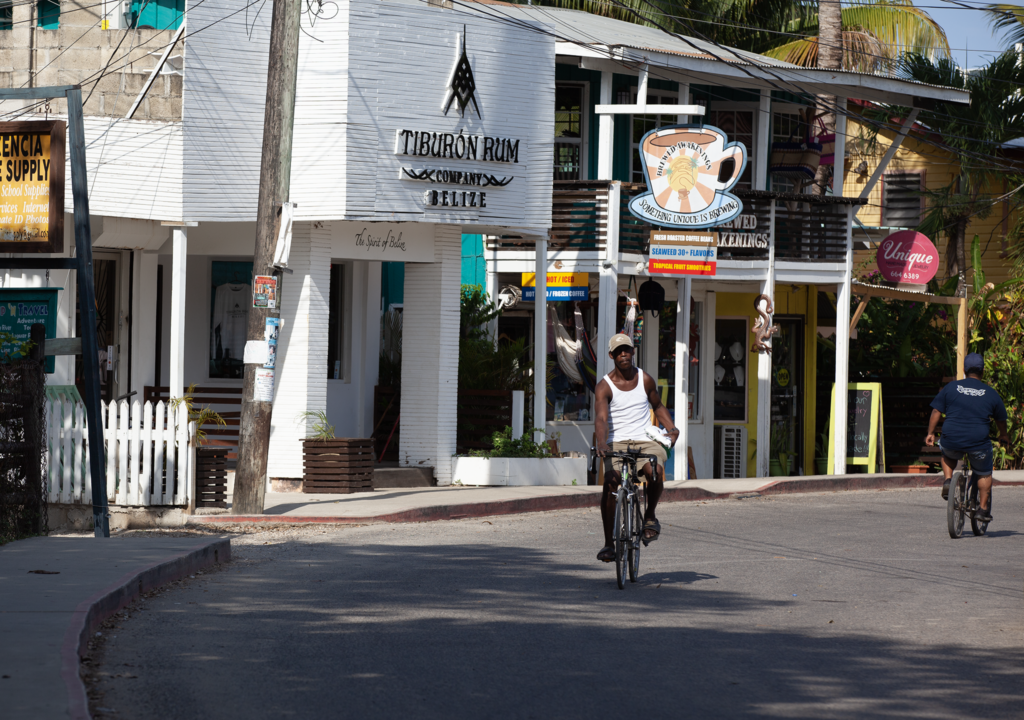
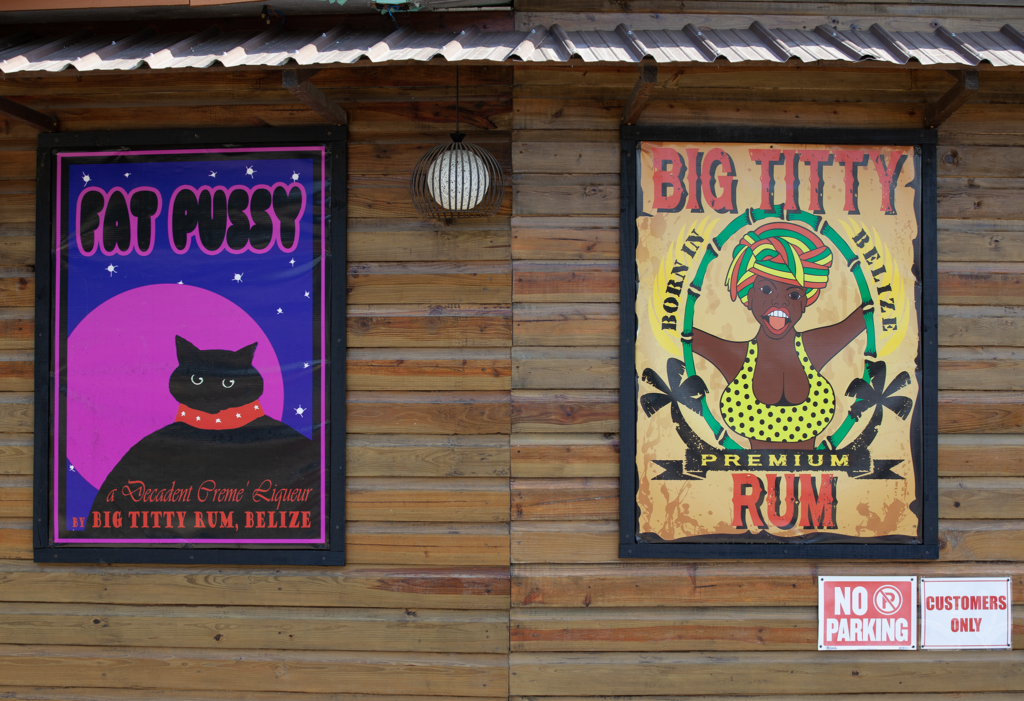
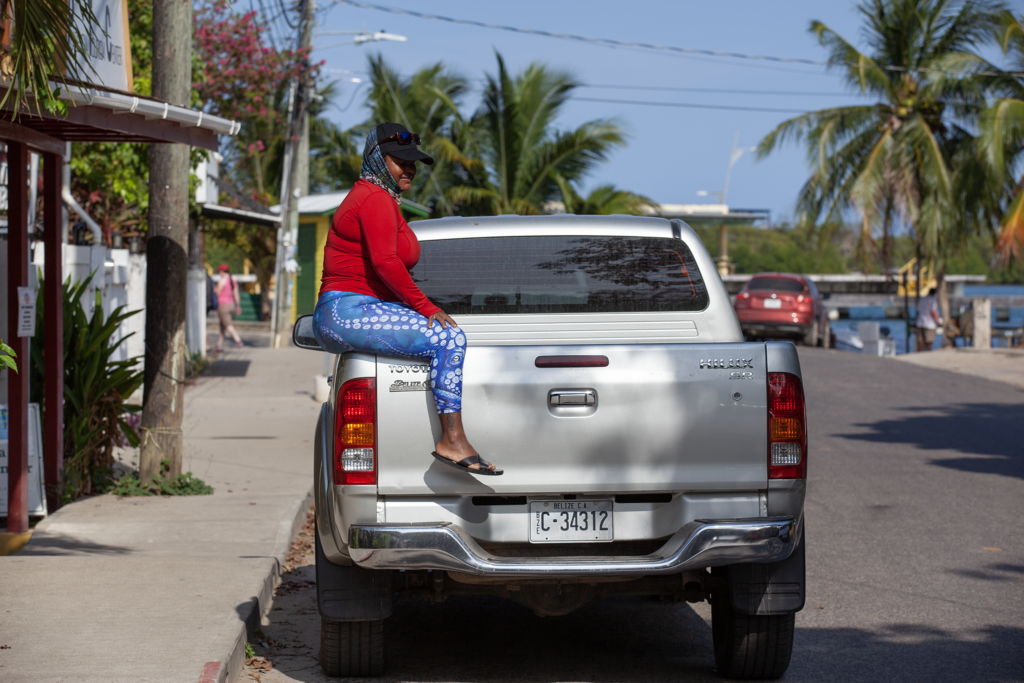
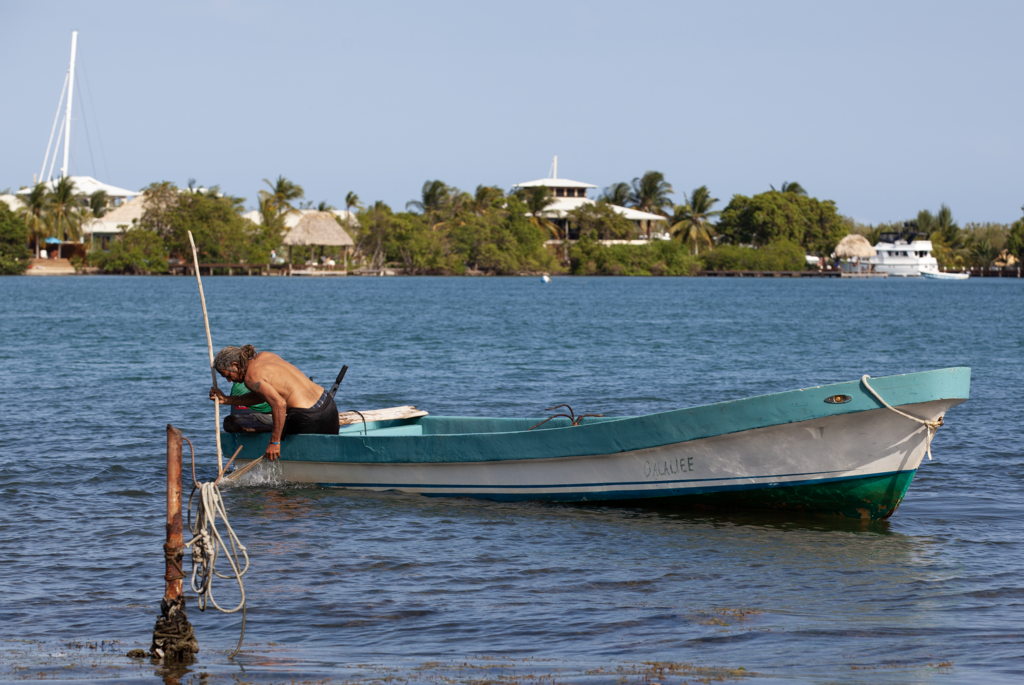



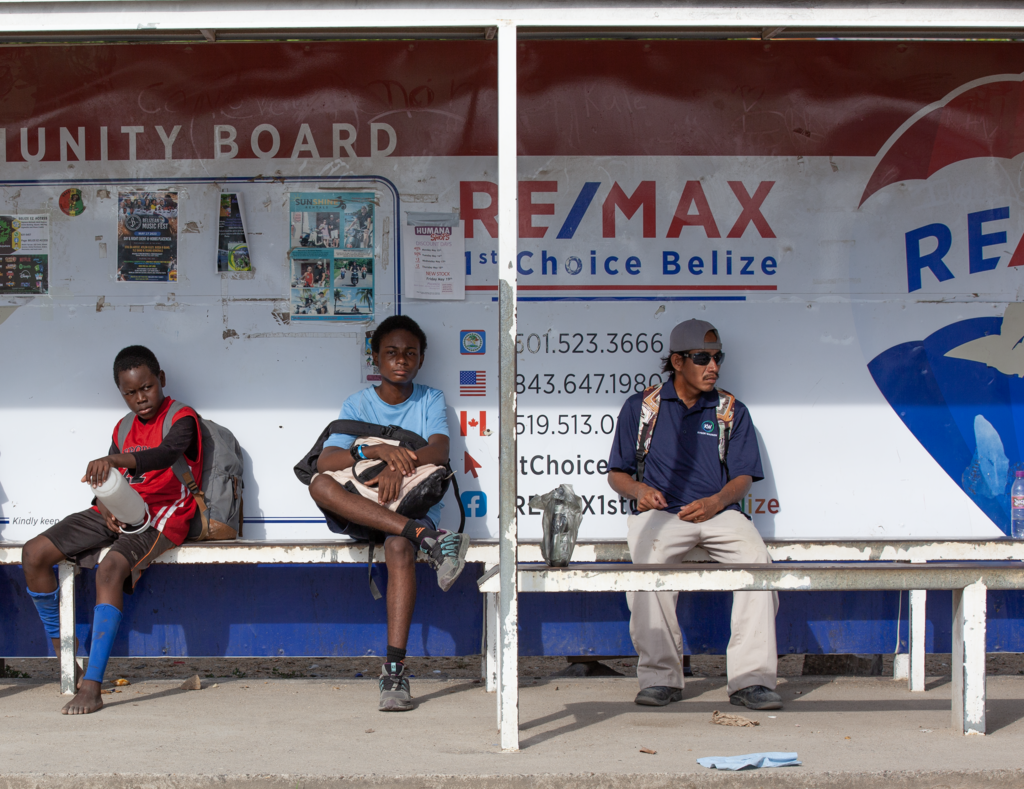
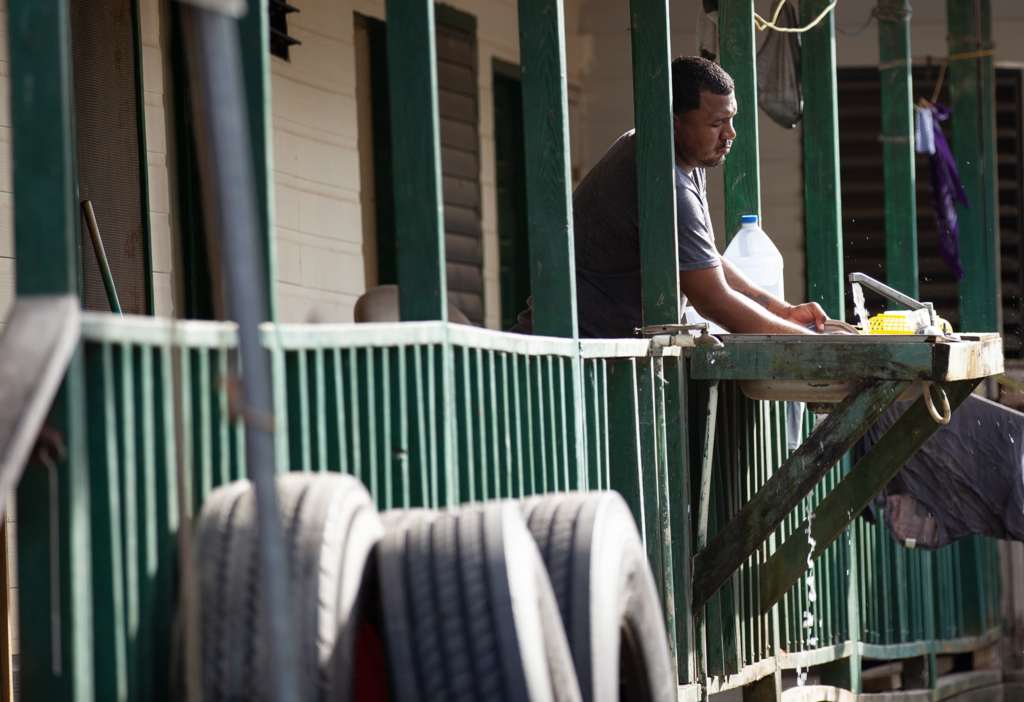
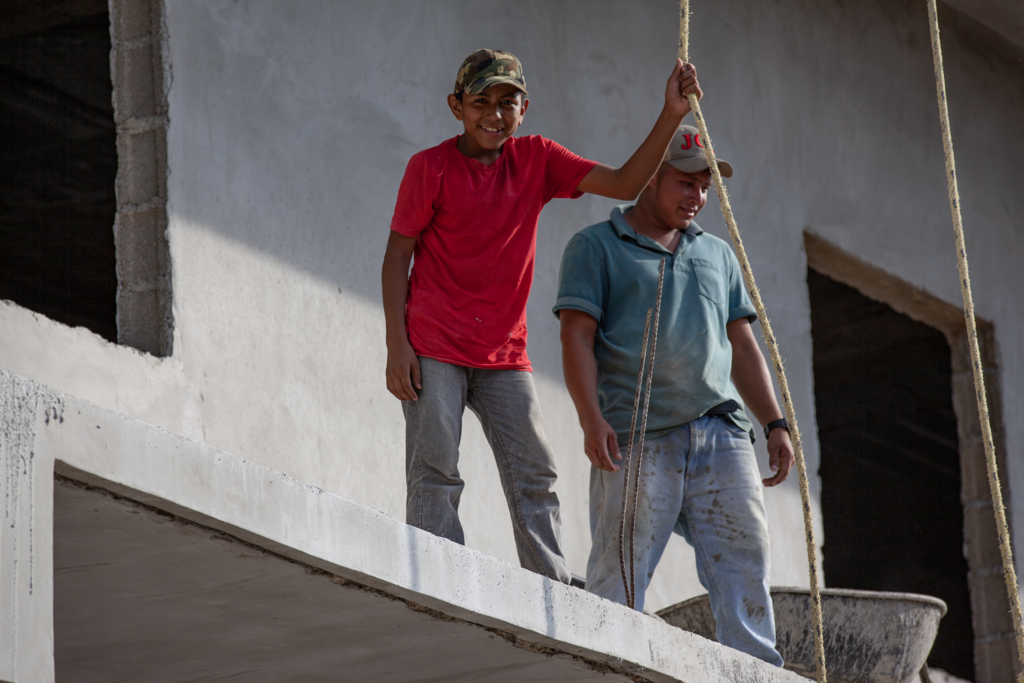
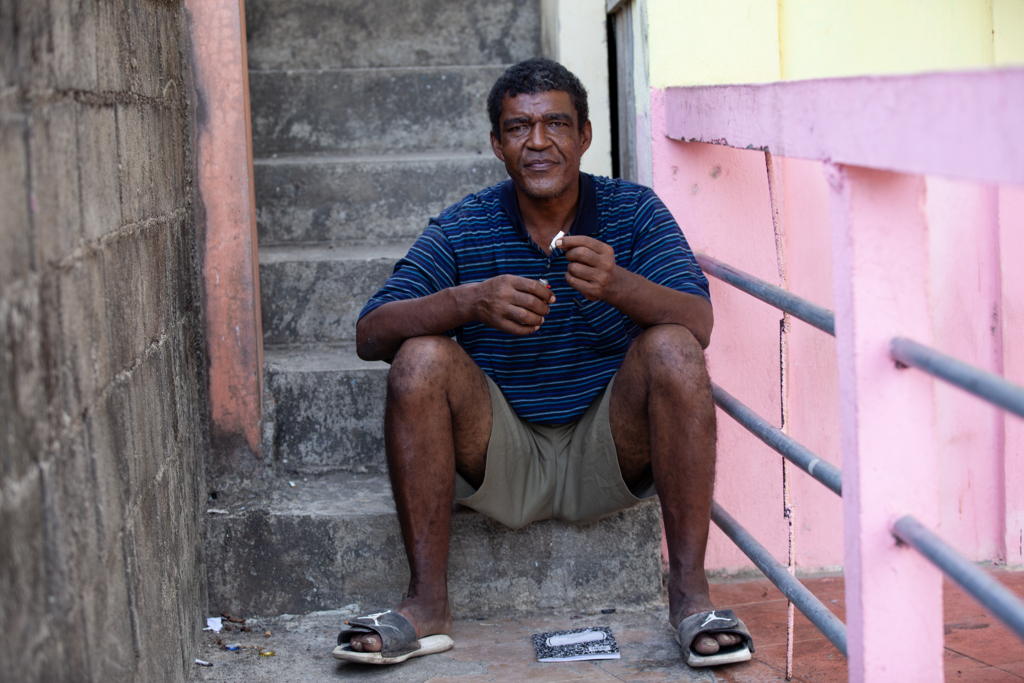
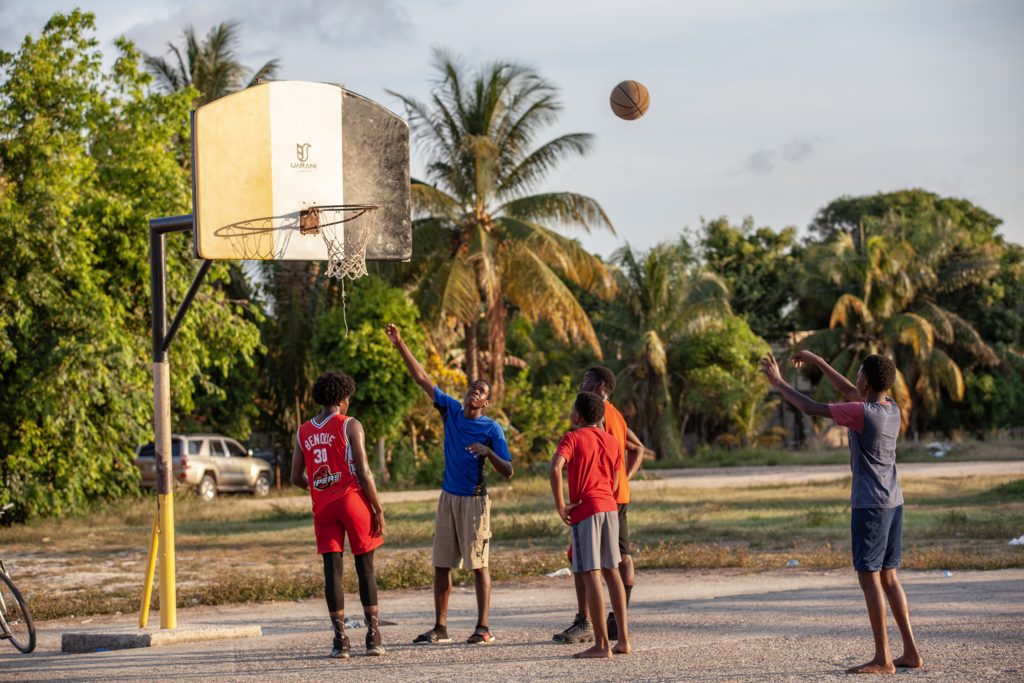
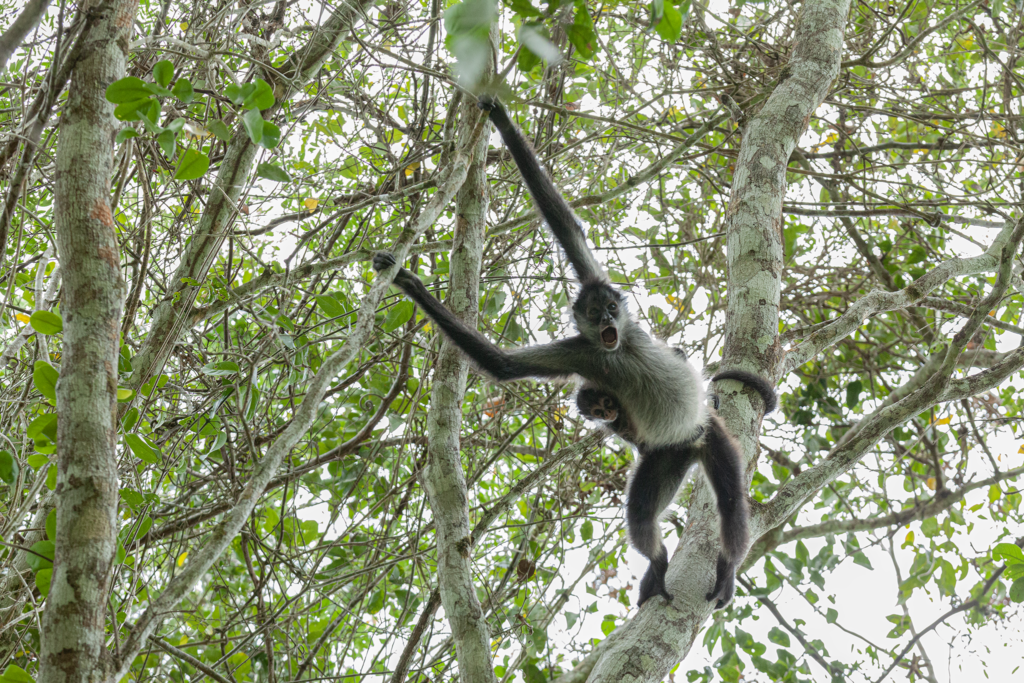
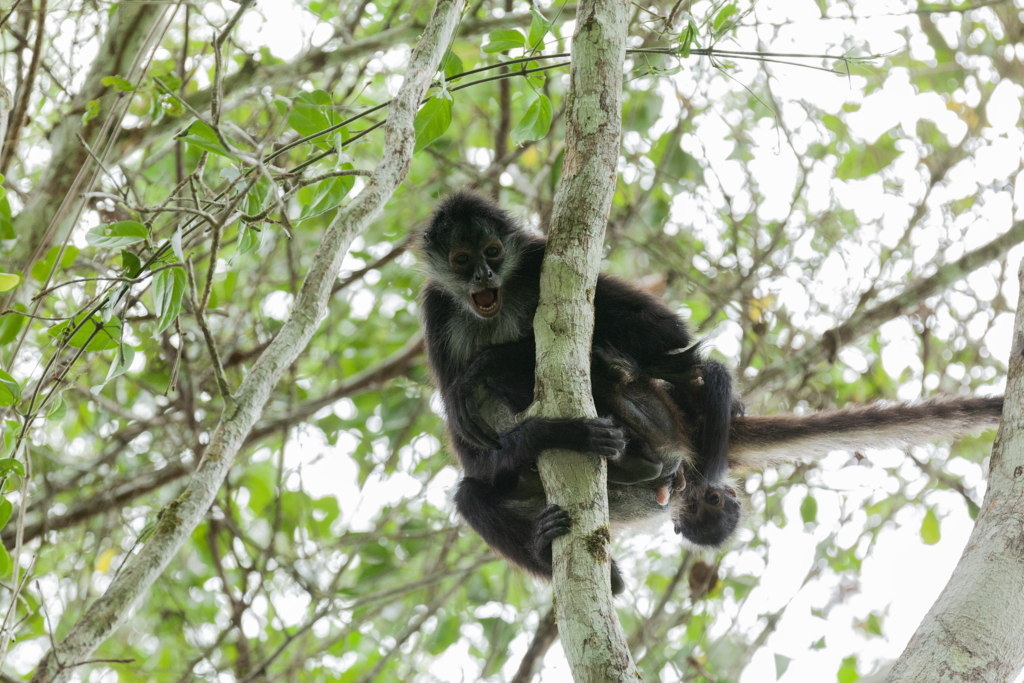
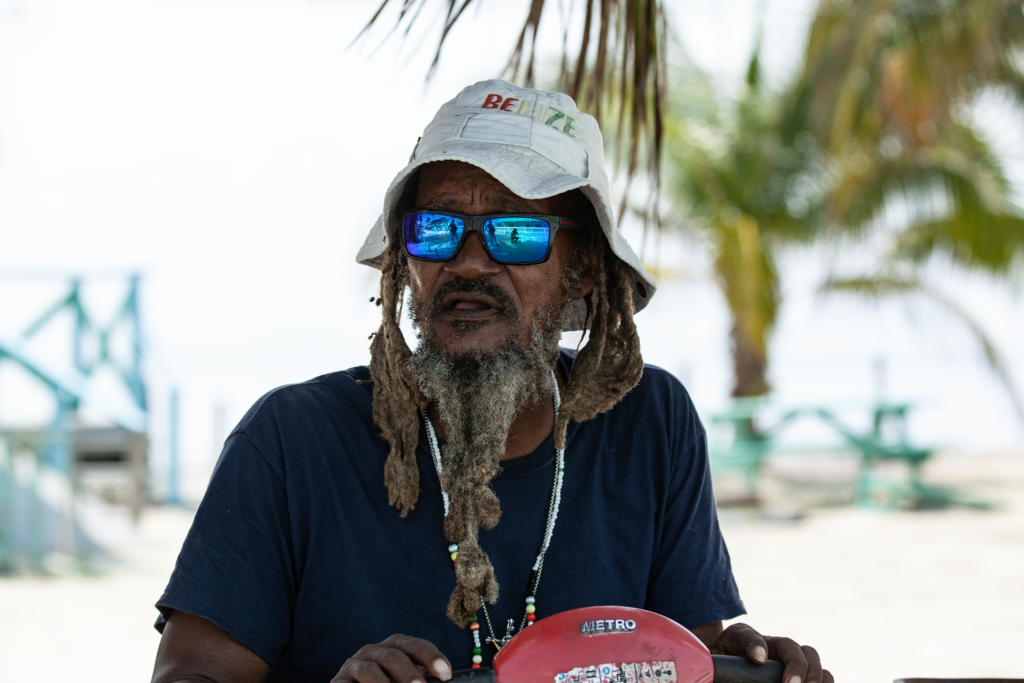
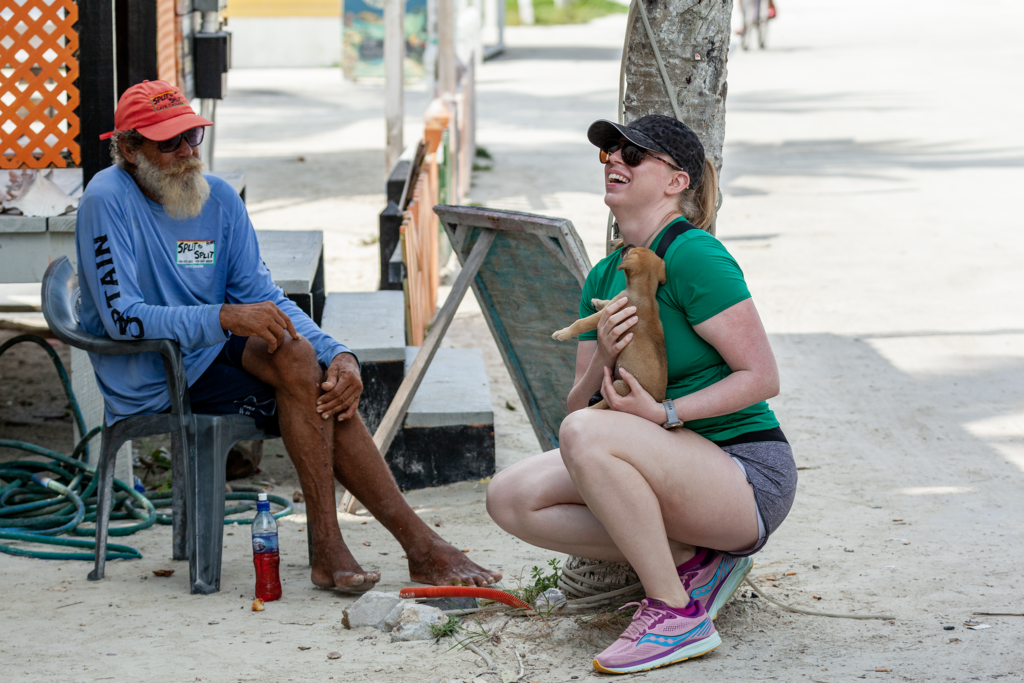

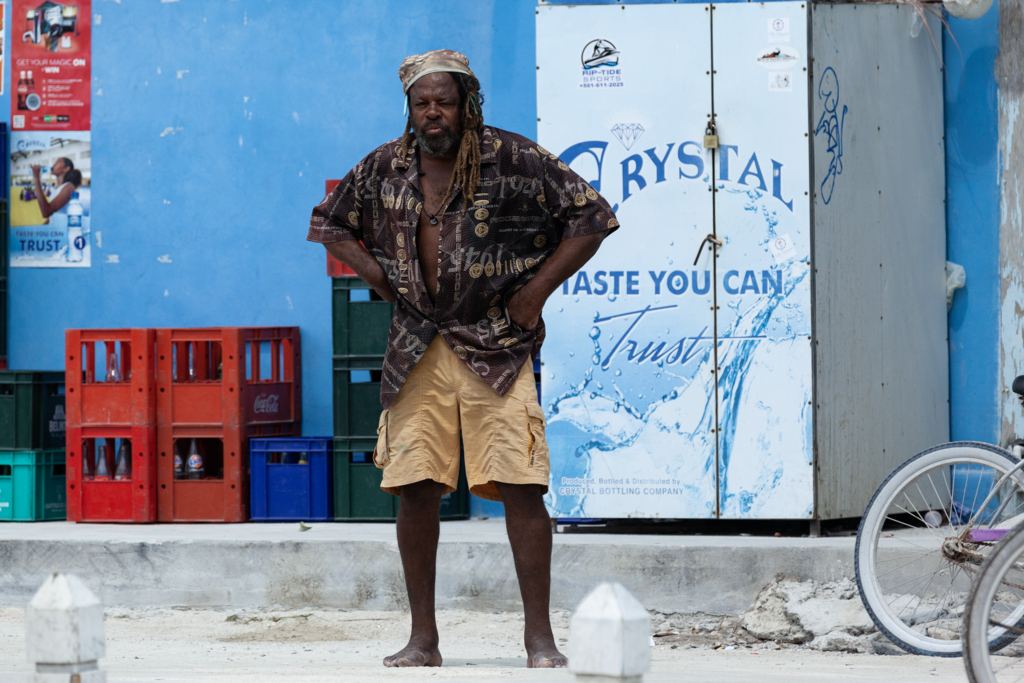



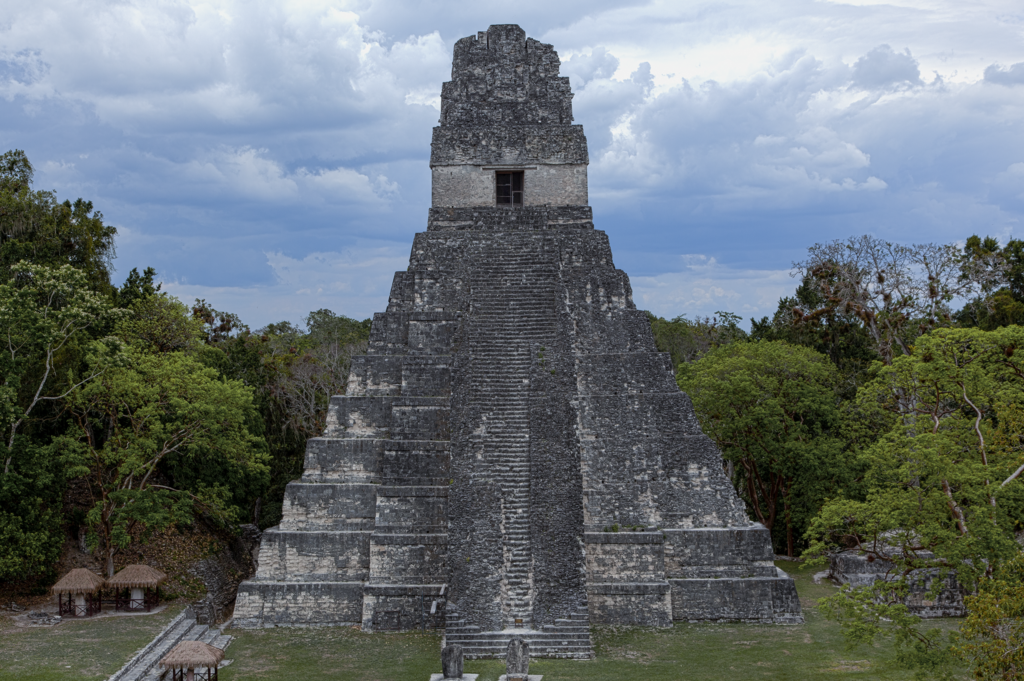
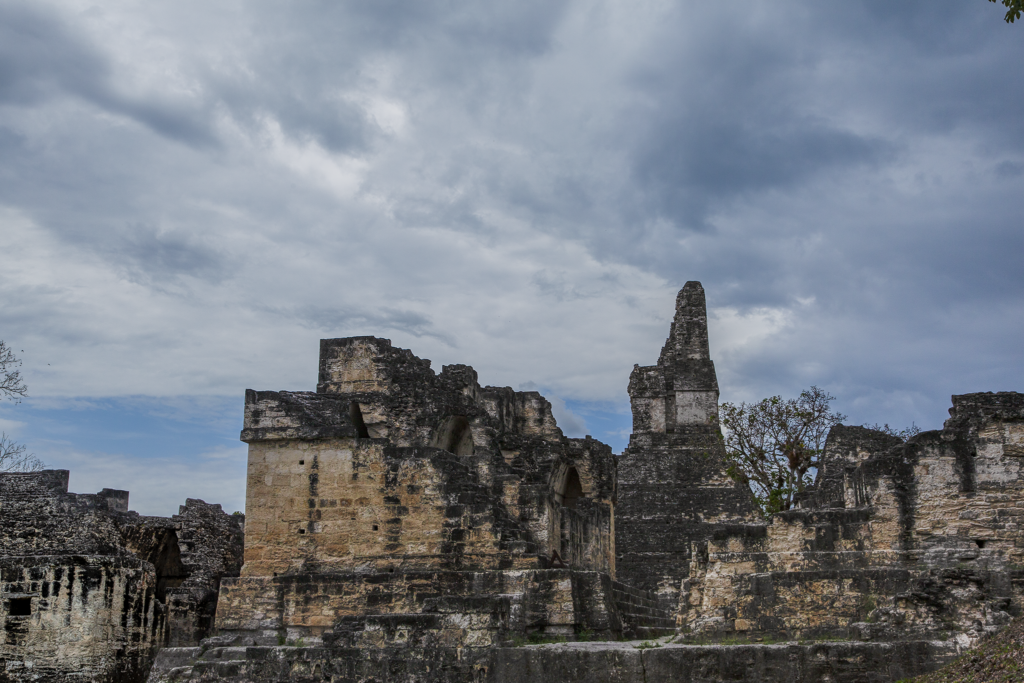
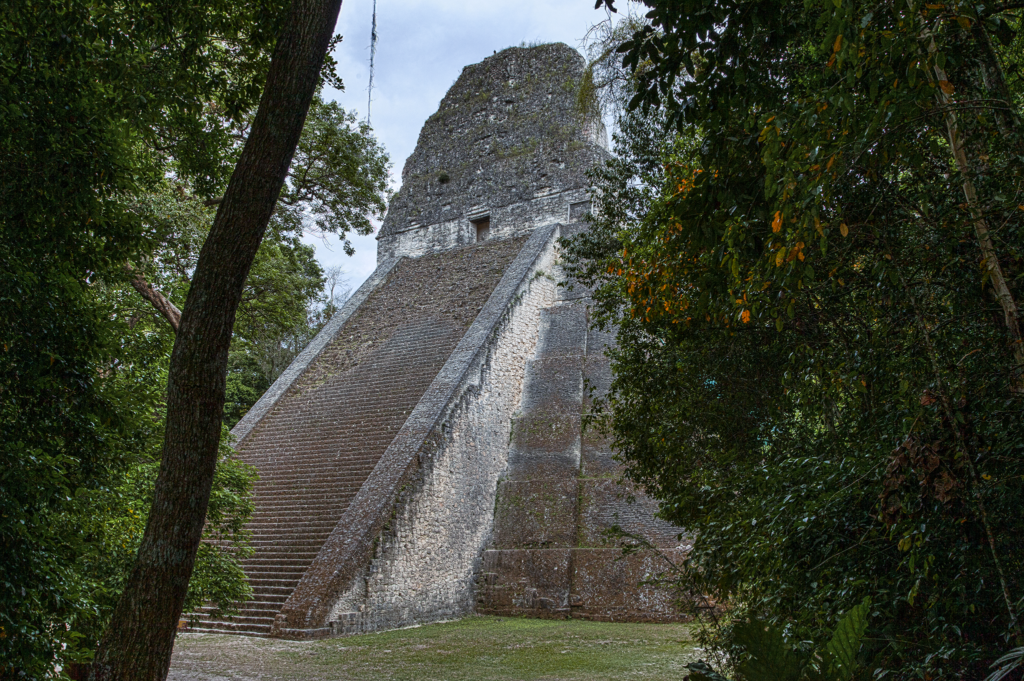
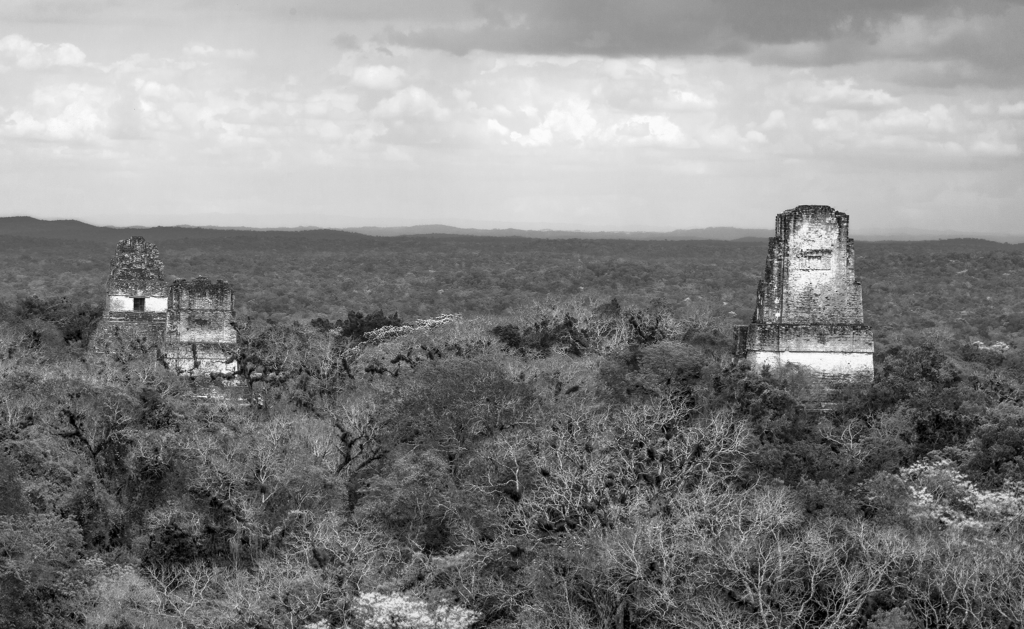
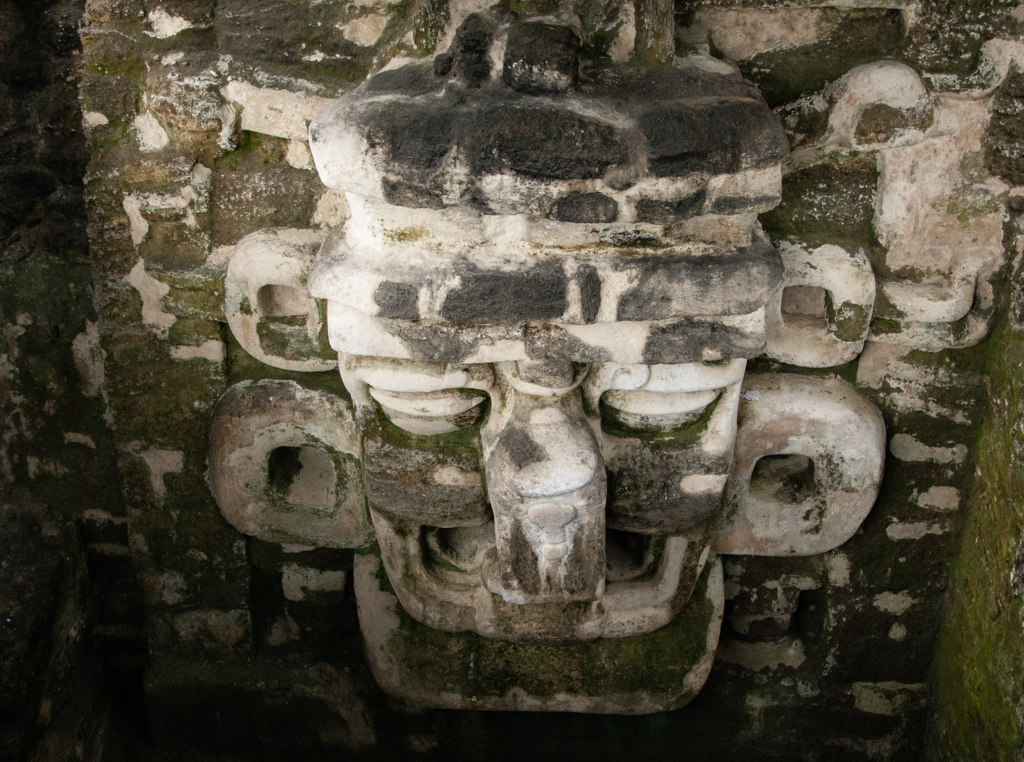
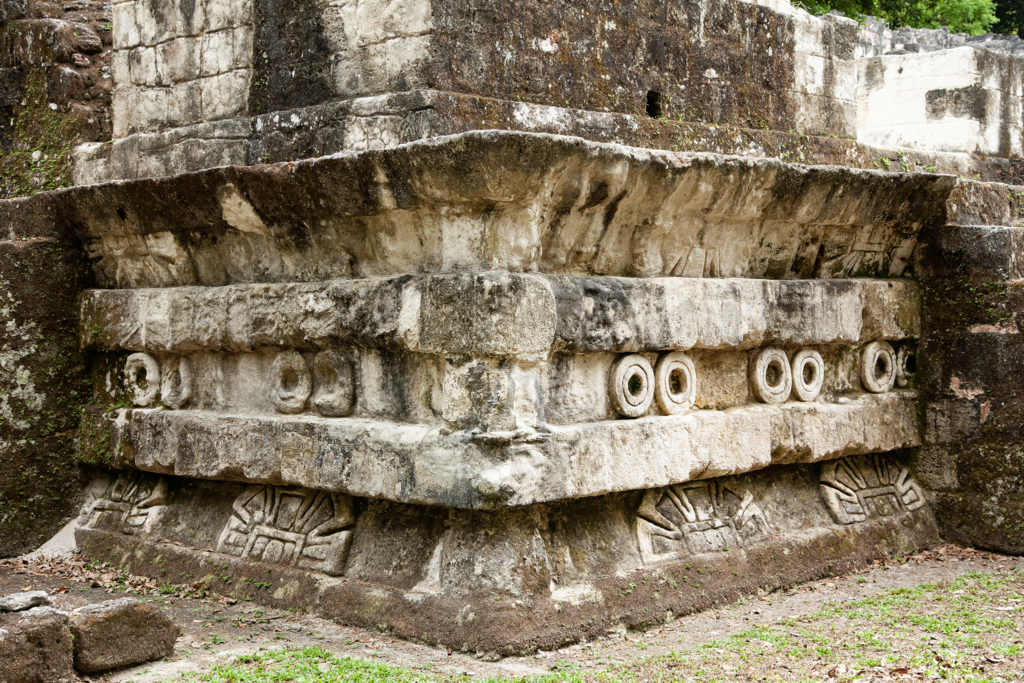
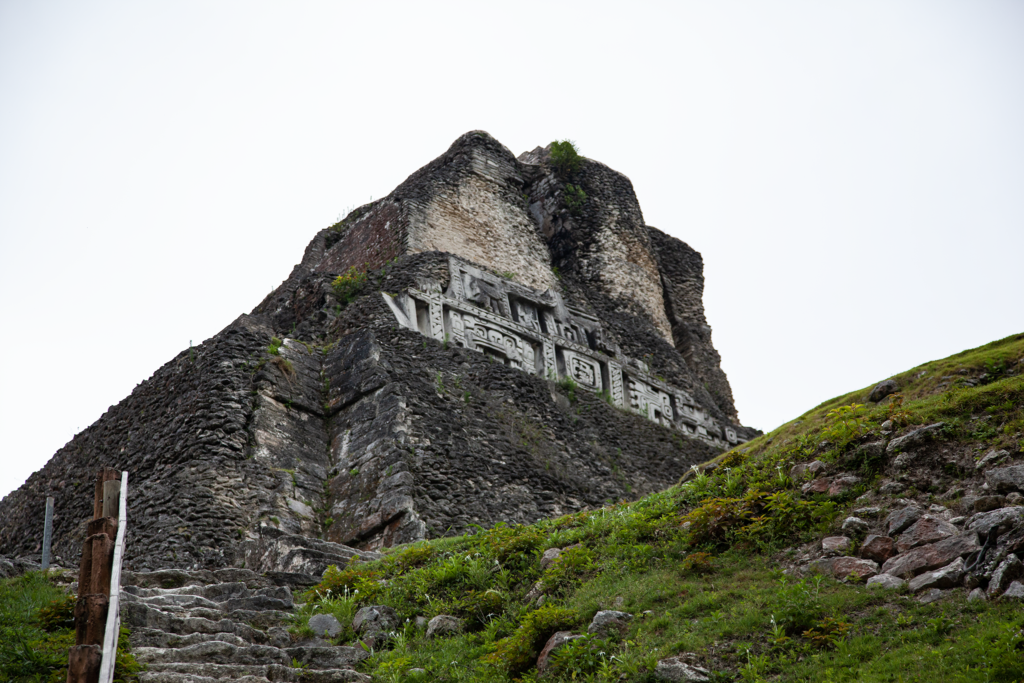
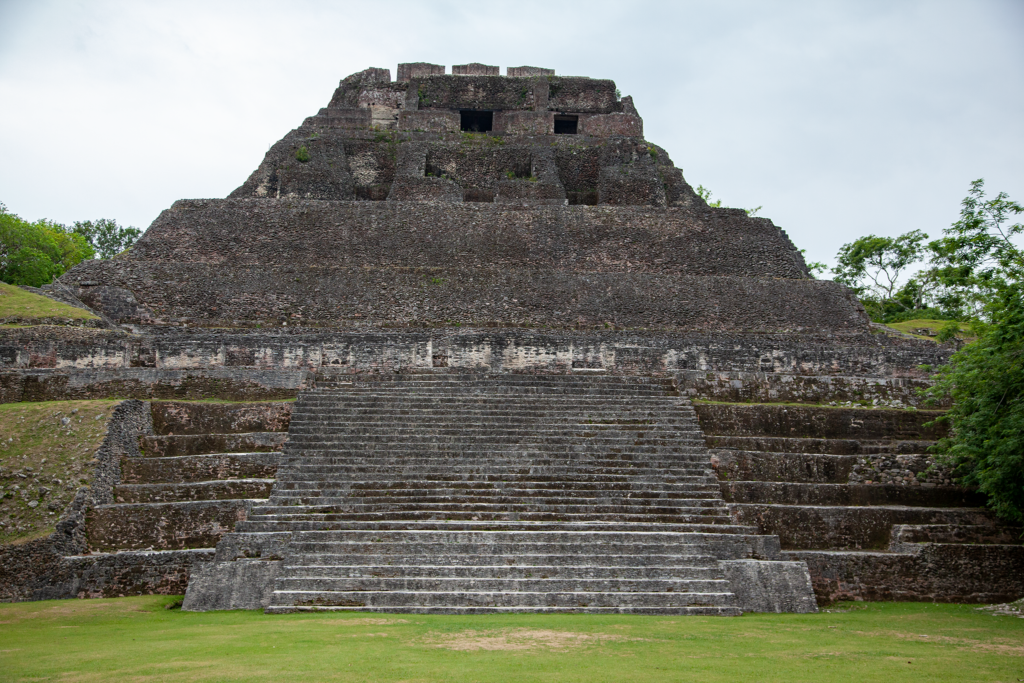
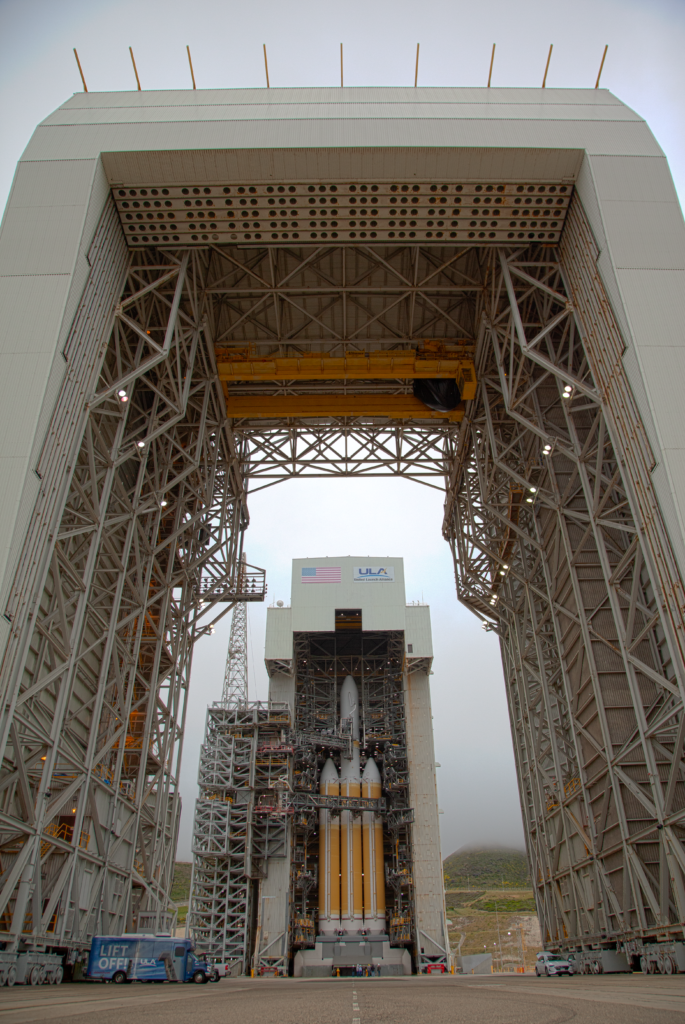
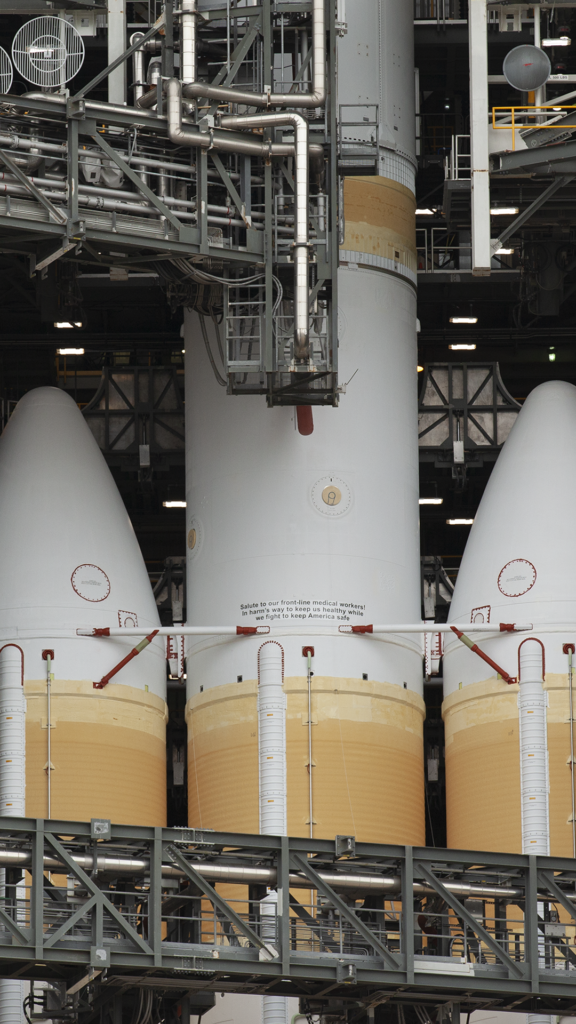
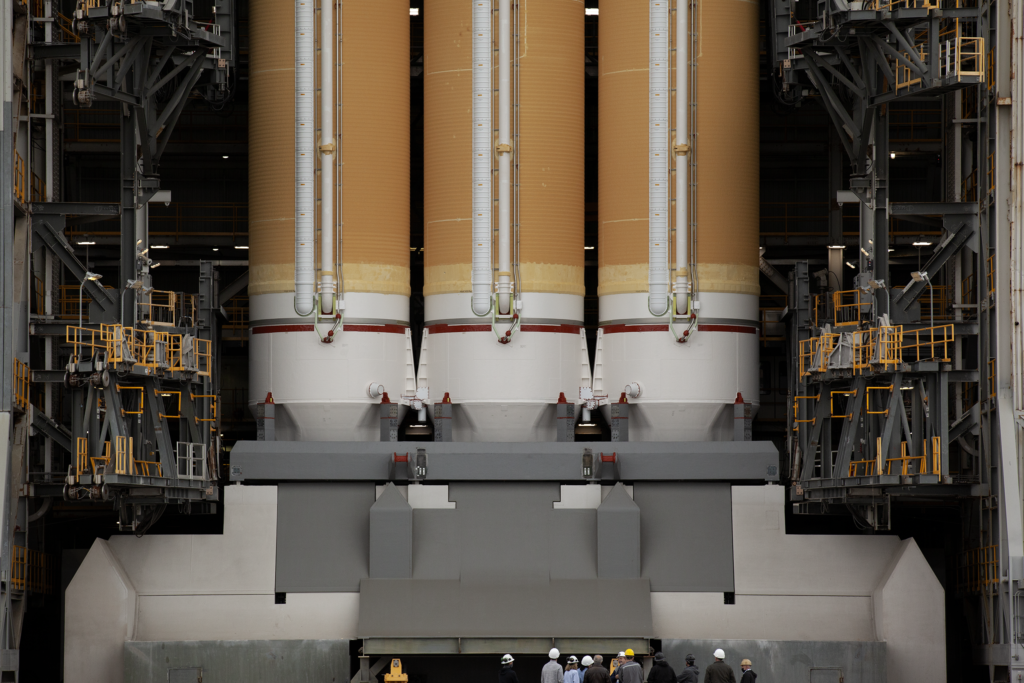
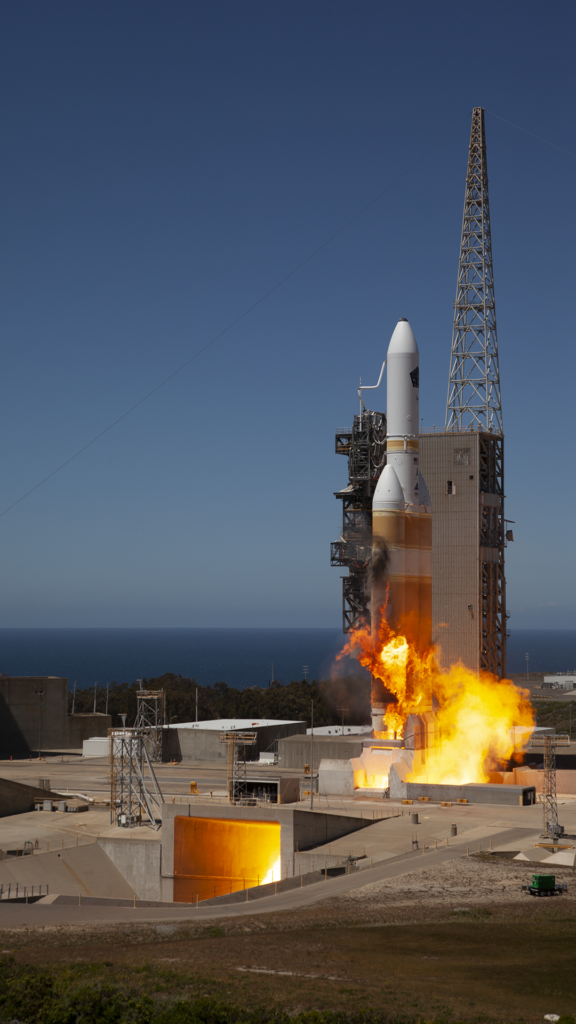
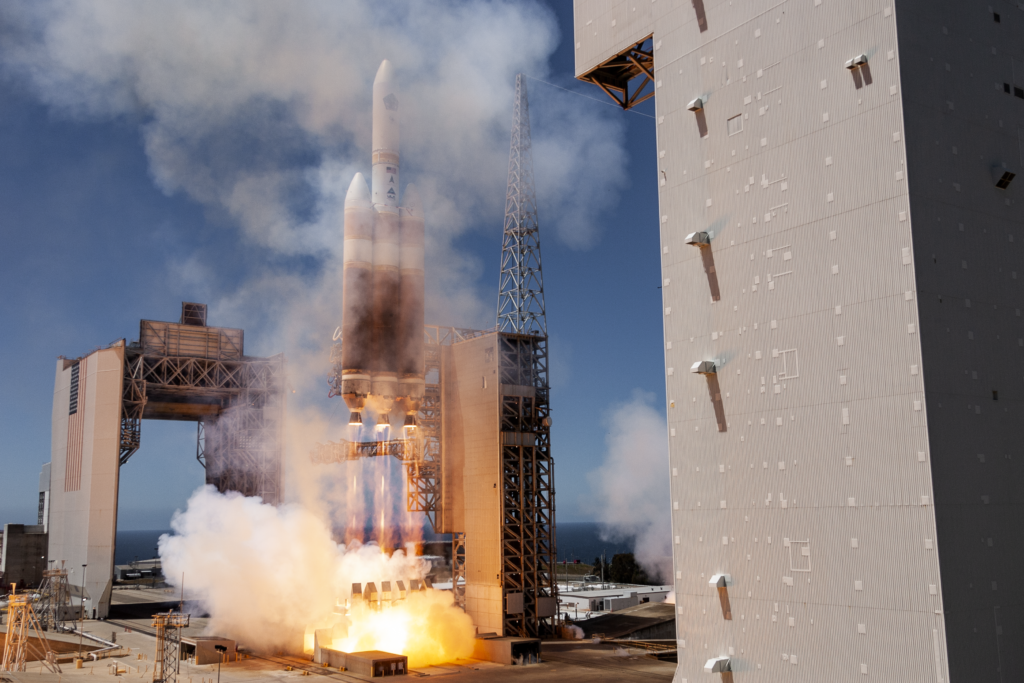
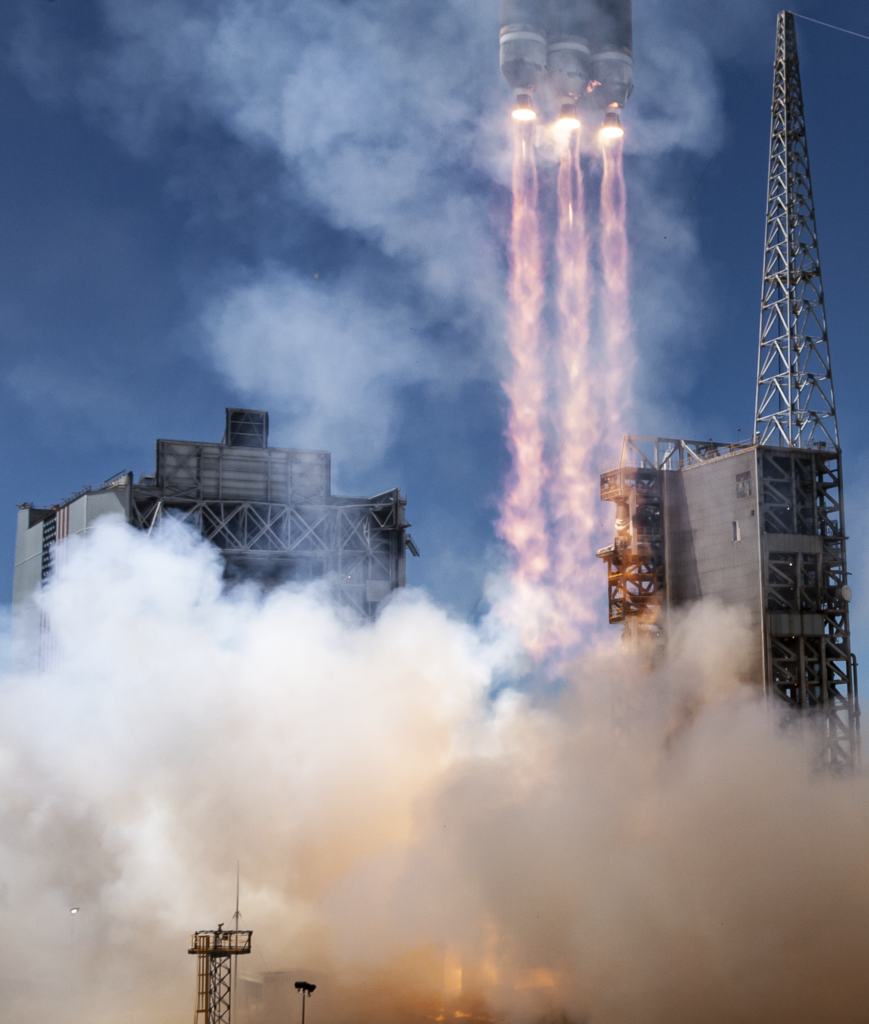



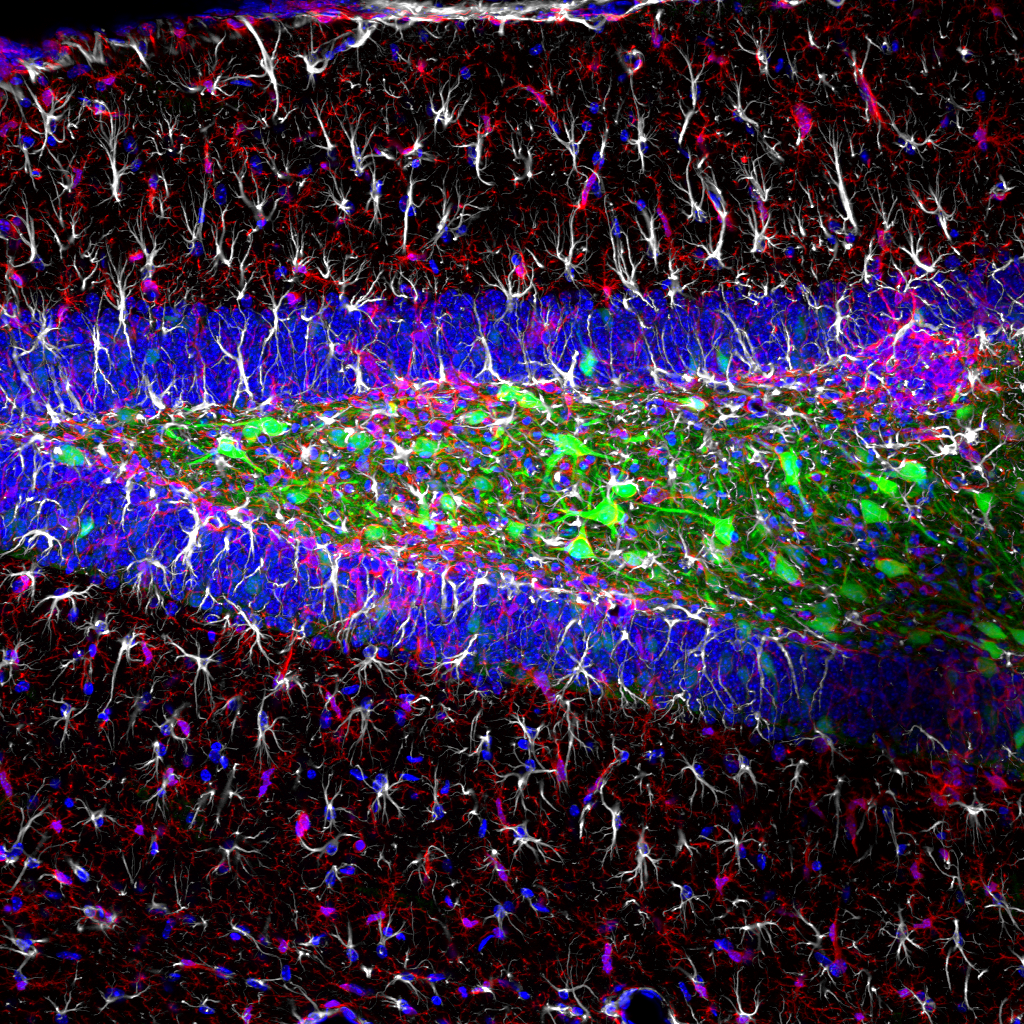
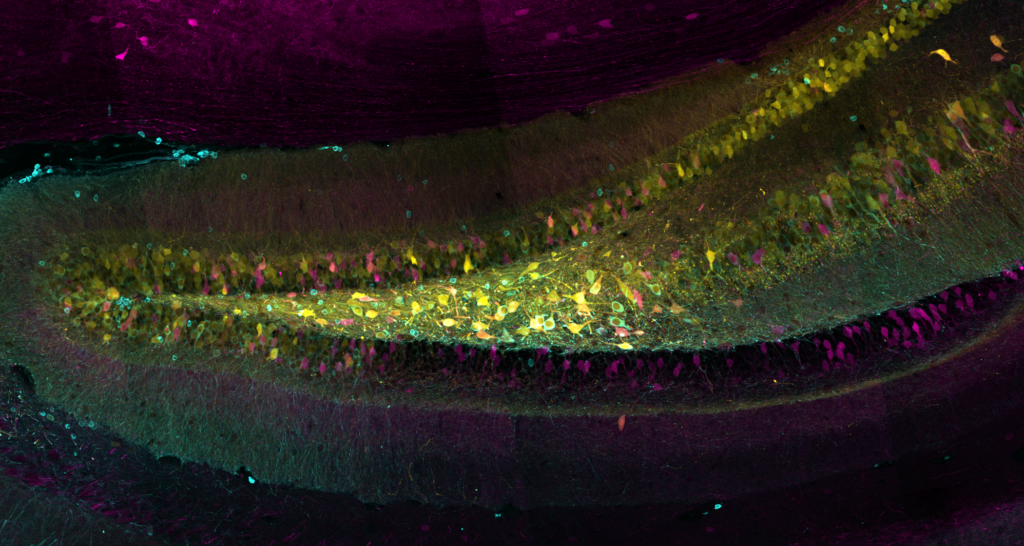
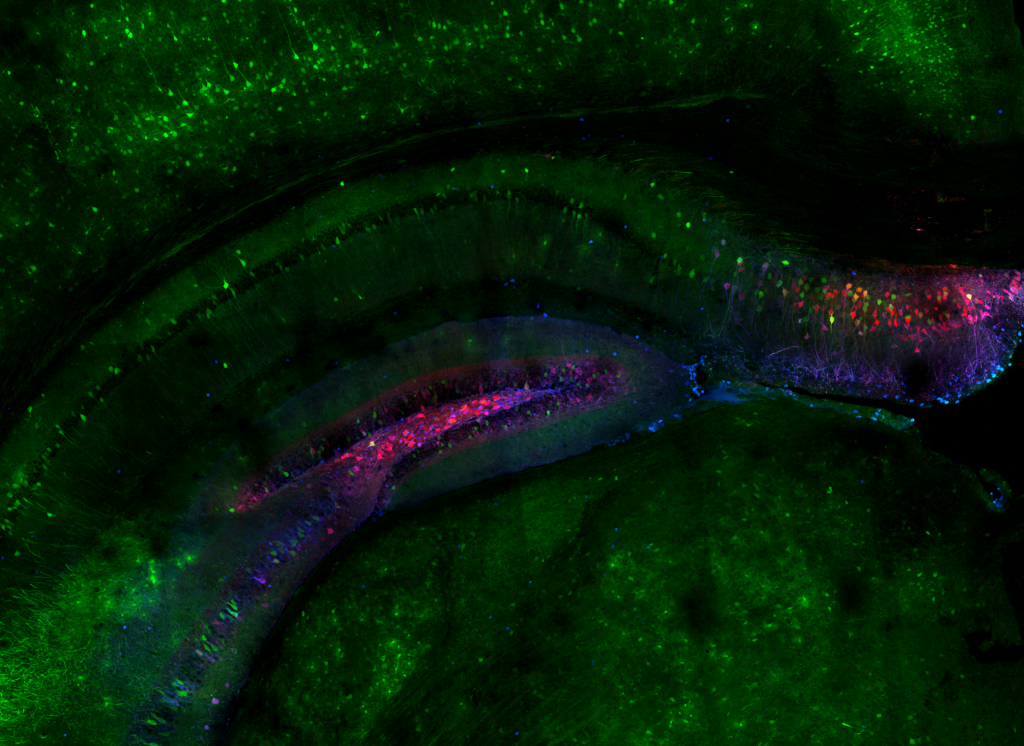
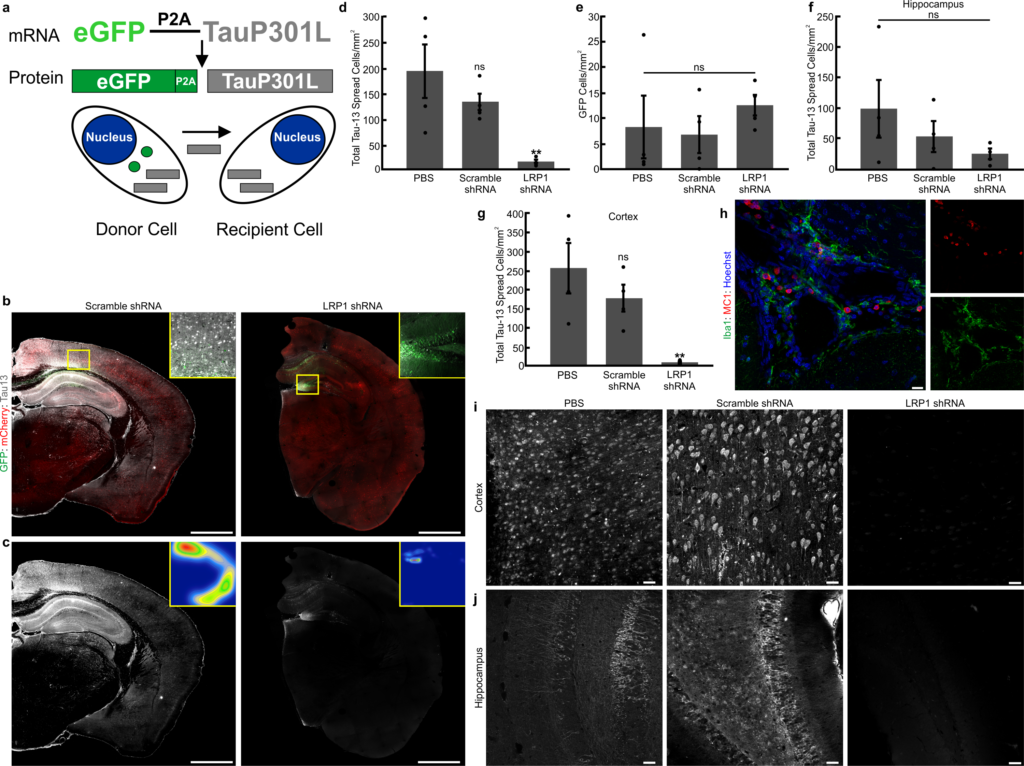
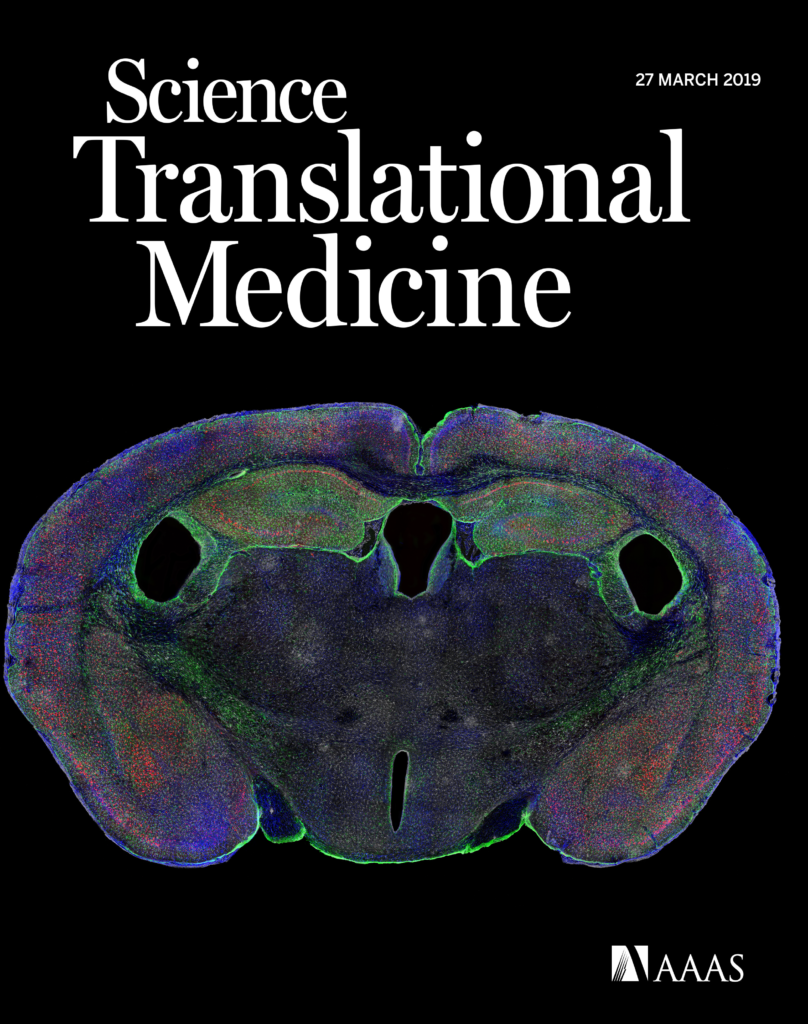
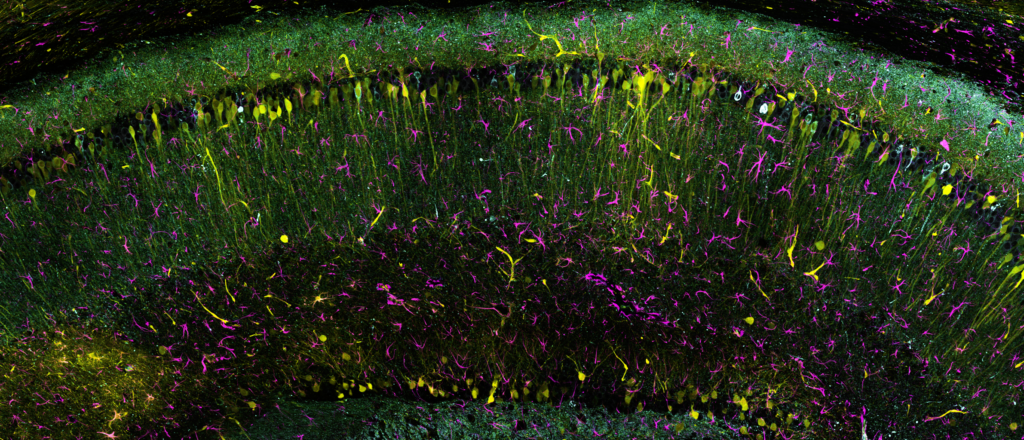


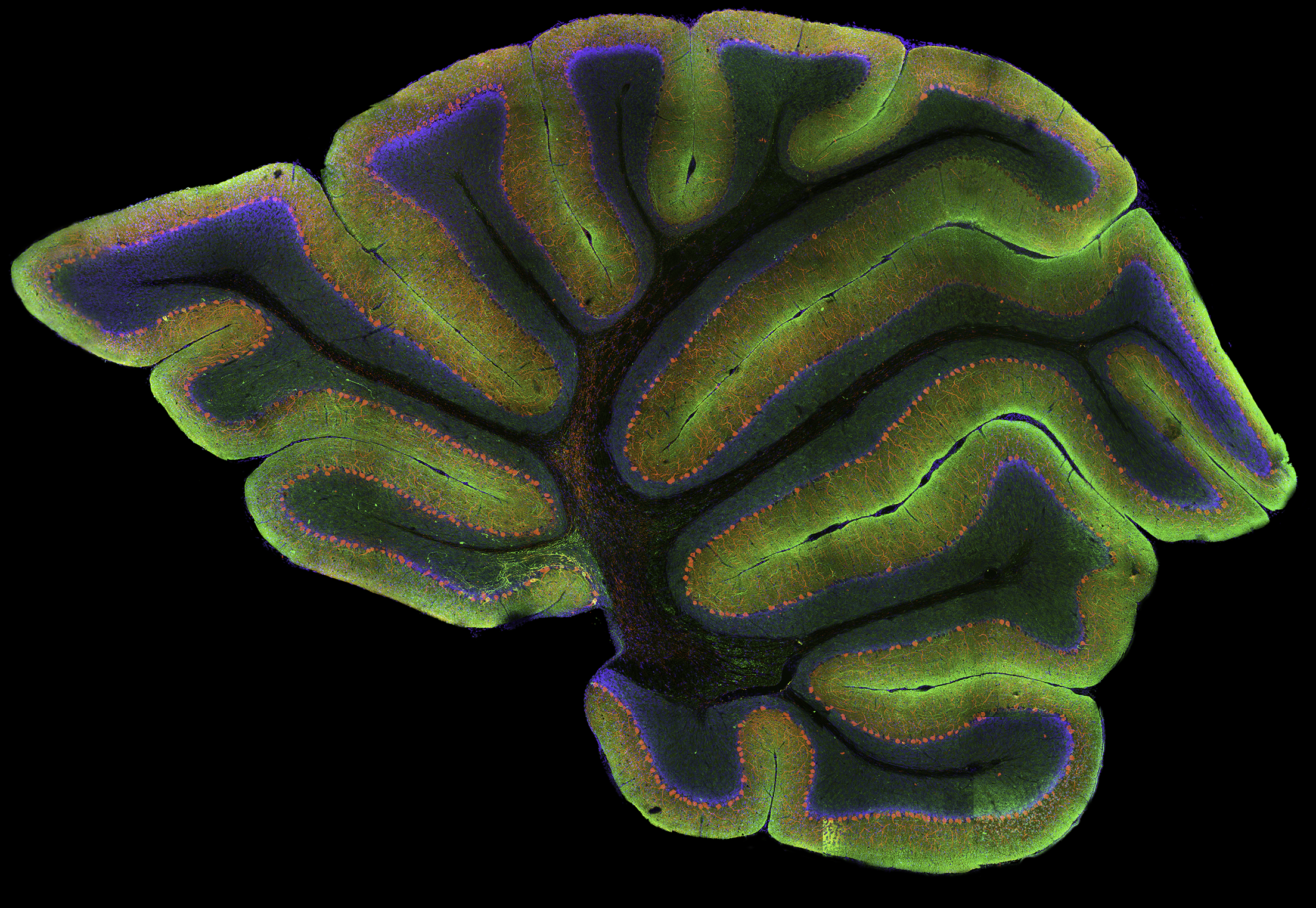 High-resolution, wide-field mosaic of the cerebellum.
High-resolution, wide-field mosaic of the cerebellum. Example of a single tile that comprise the above mosaic.
Example of a single tile that comprise the above mosaic.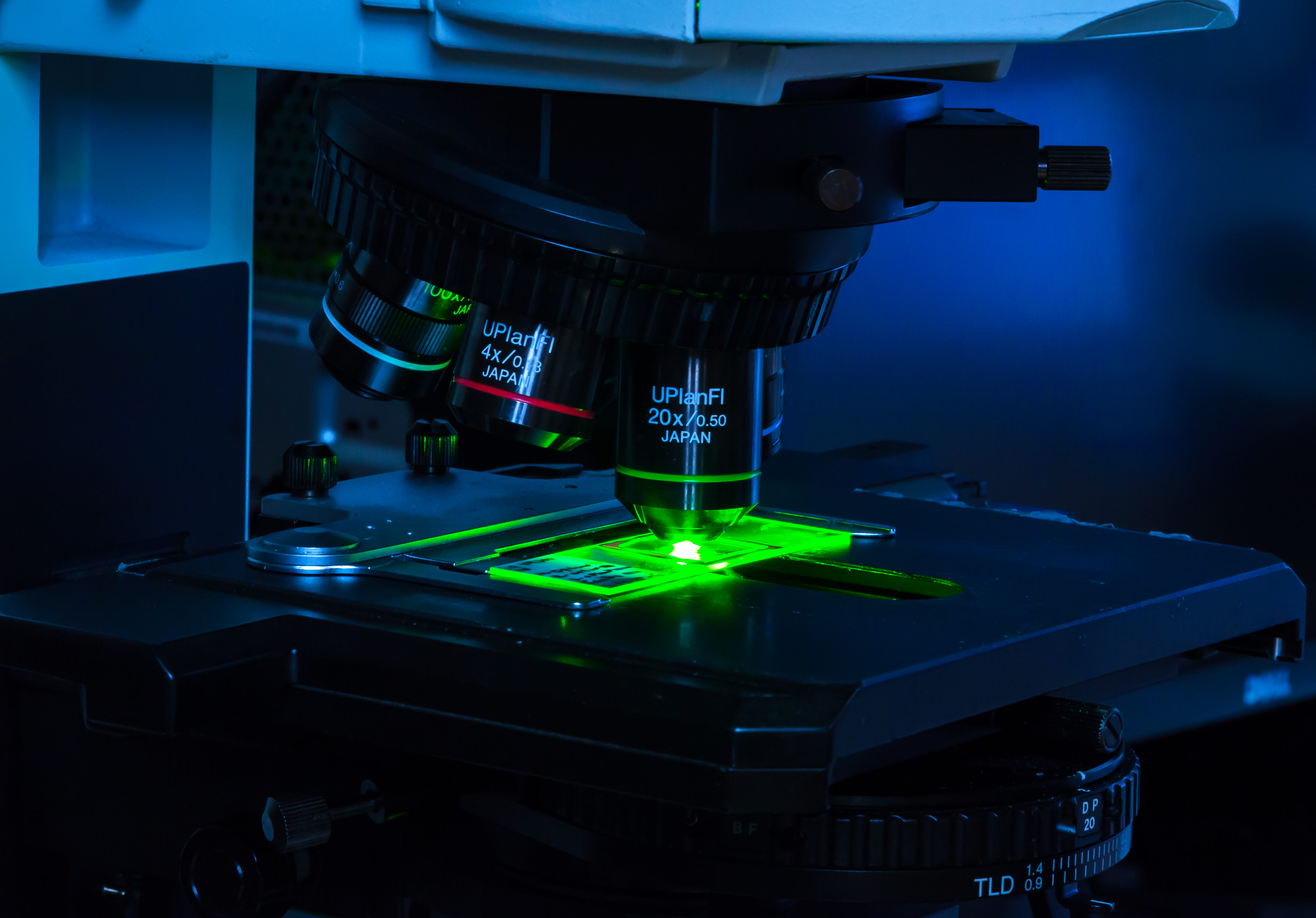 Olympus flouview 1000
Olympus flouview 1000 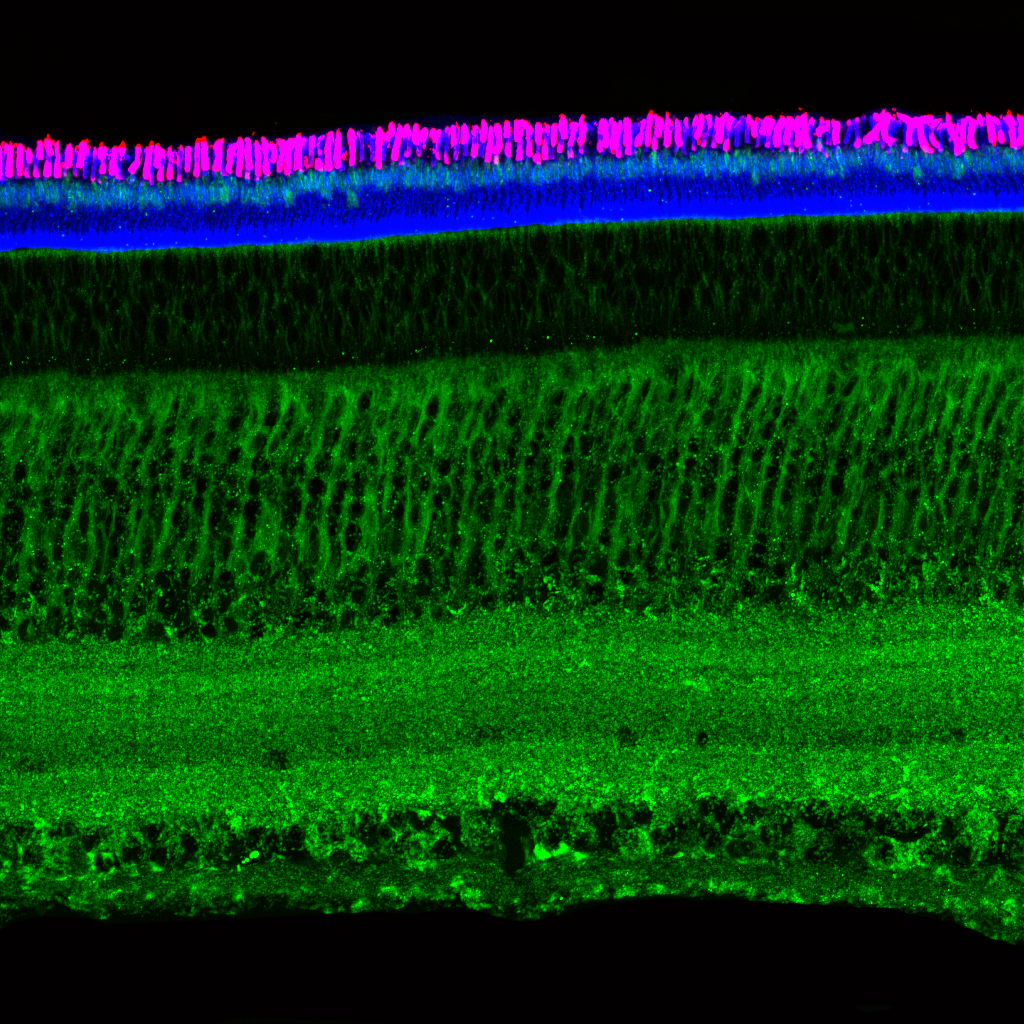 Light micrograph using immunocytochemistry to visualize the cone photoreceptors of the neural retina, magnified 400 times.
Light micrograph using immunocytochemistry to visualize the cone photoreceptors of the neural retina, magnified 400 times.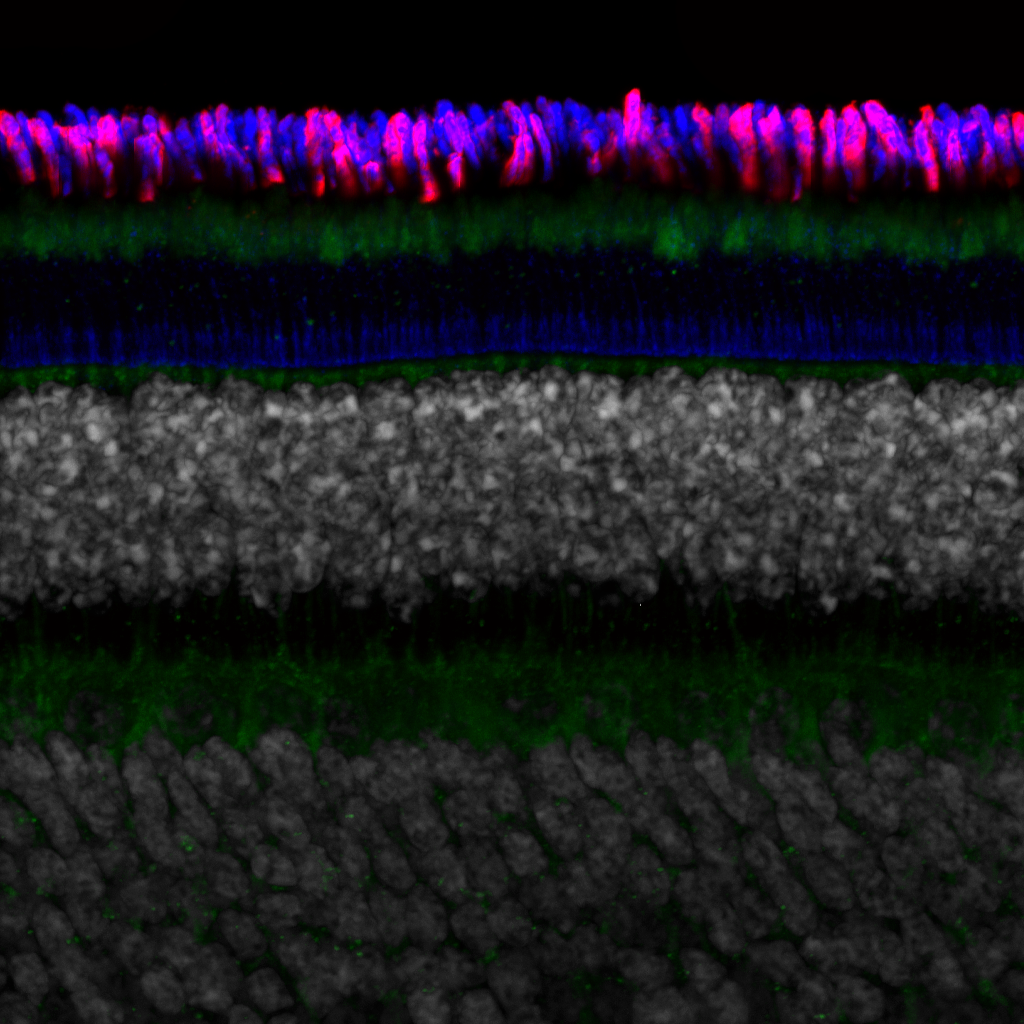
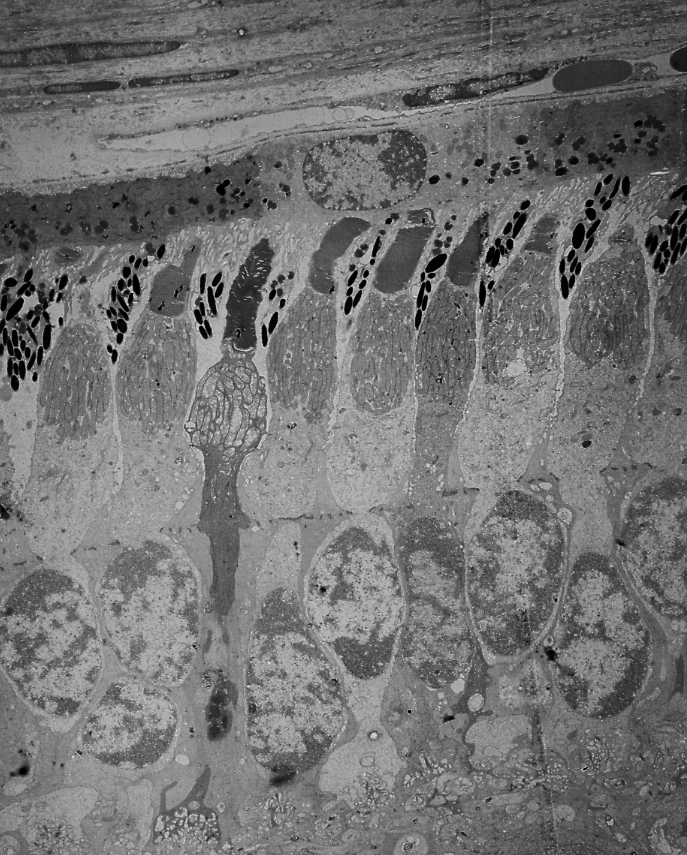
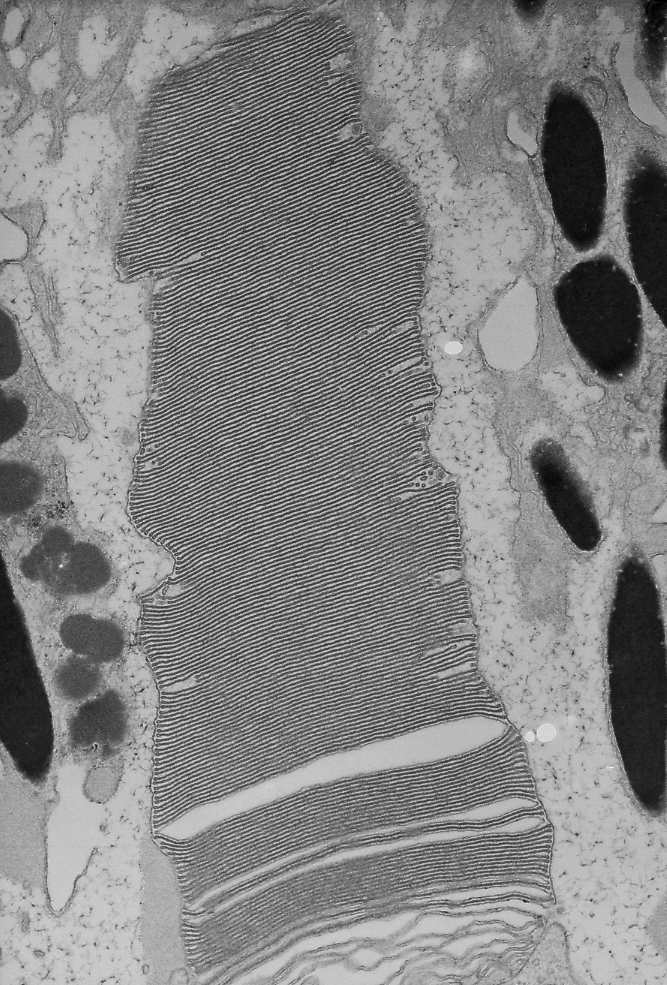 Electron micrograph of a photoreceptor outer segment, magnified 20,000 times.
Electron micrograph of a photoreceptor outer segment, magnified 20,000 times.